
I finished Trails Before Dawn (Kuro no Kiseki in Japanese) after 50 hours and it's been quite the ride!
I made a post about my first impressions of the game after 2-3 hours of playing. So this time around, we're going to talk more in depth about how this game feels as an JRPG and what makes it unique from the previous games in the Trails series.
Trails Before Dawn is the start of a new arc in the Trails series, after an epic culmination akin to Marvel's Endgame from a previous game. To put in perspective, this game is the 11th title out of the entire series.
The series has been referred to as the "Marvel" of JRPGs because of its' deep lore and worldbuilding that spans over four arcs and 11 games as of today. There are lots of recurring characters, themes and storylines. Thus, I was excited to start a brand new arc with this game.
Before getting into anything else, let me just say one thing straight away: this game (or any game in the series) is a slow burn. It takes its sweet time introducing you to new characters or plot elements; even when they do introduce something, it can be confusing at times if you don't have any context.
You get immersed in the fantasy setting, which is why these types of stories tend not to work well with quick pacing like modern JRPGs favor. So while some people may find this boring because they want their story told faster, others will enjoy having plenty of details given to them slowly over time.
In any case, let's dive into the game!
MAJOR SPOILERS AHEAD
The World Design is Beautiful and Diverse
The biggest reason why people play any Trails game, including Trails Before Dawn, is because of the sheer amount of worldbuilding and backstory it gives you. It is a series that wants to give you a full picture of the world before you ever set foot on the battlefield.
Trails Before Dawn takes place in a country called the Calvard Republic. It is a country that is heavily referenced in every game since the beginning of the Trails series in 2004. To finally play a game that takes place in Calvard is a big deal for fans of the series.
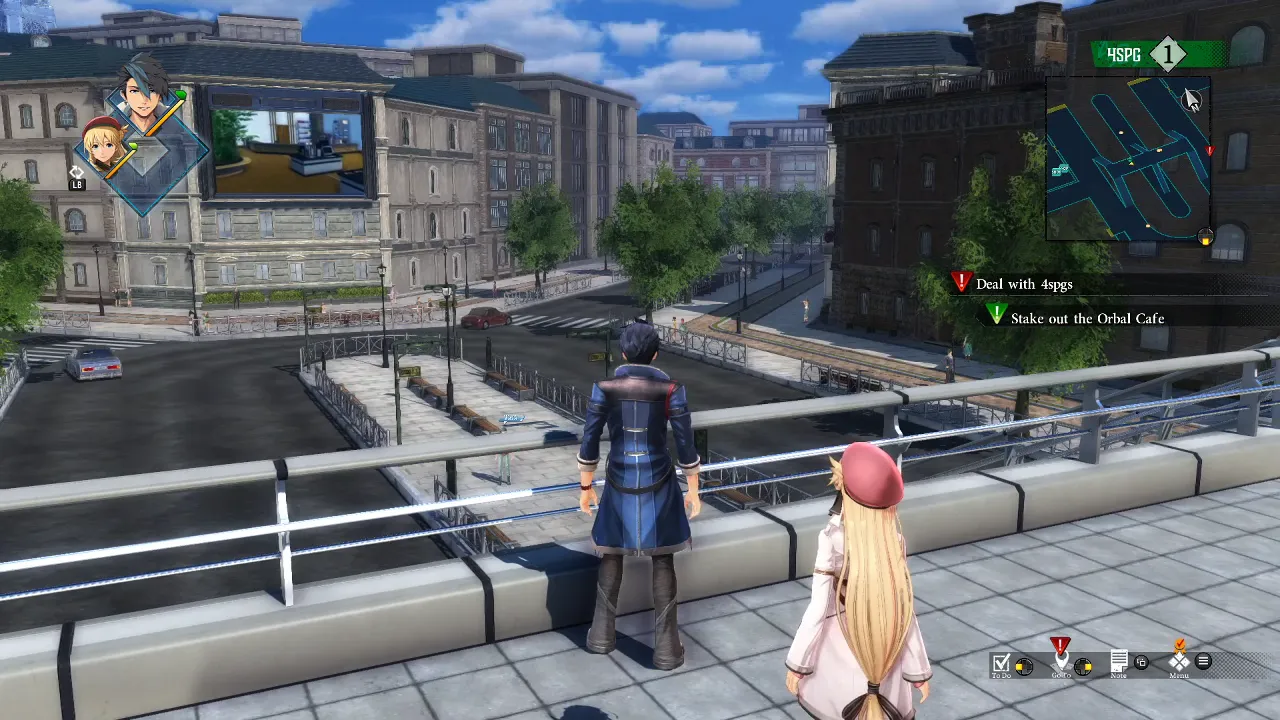
This game expands on what we know about the world (called Zemuria) by ten-fold. The game has you travel and explore many cities, towns and villages, each one giving you a deeper insight into the history of the Calvard and the people within it.
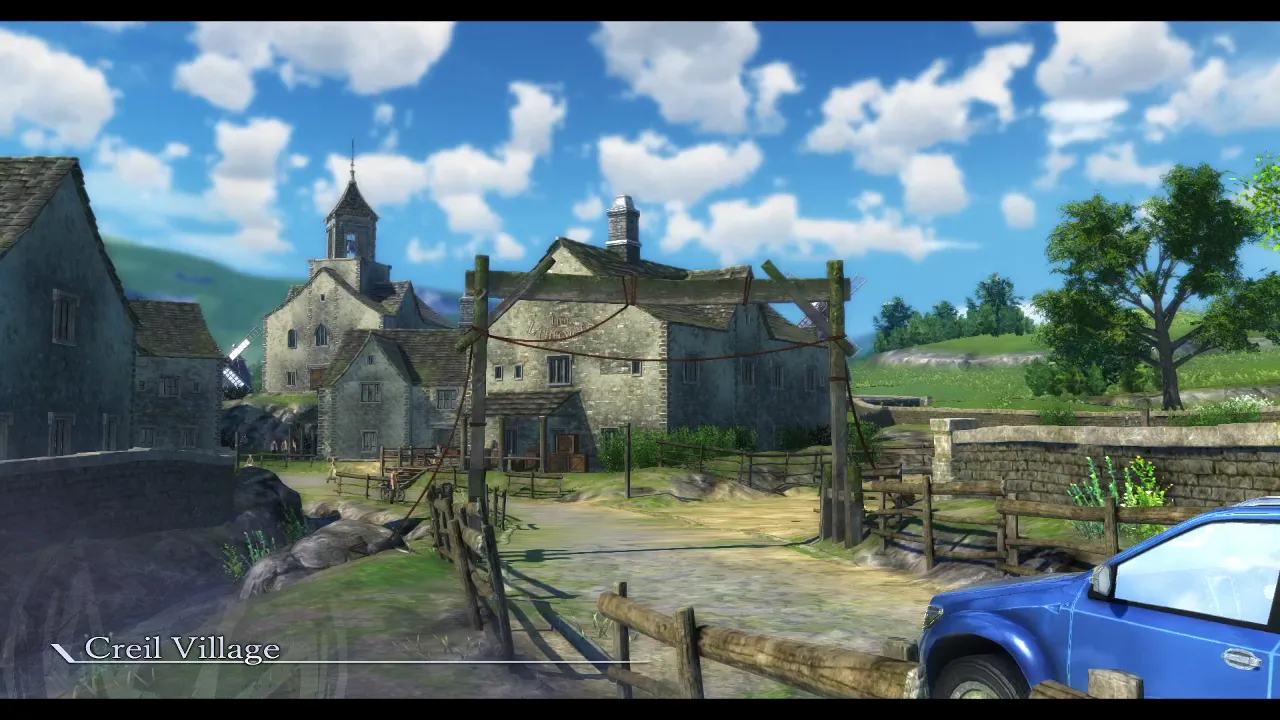



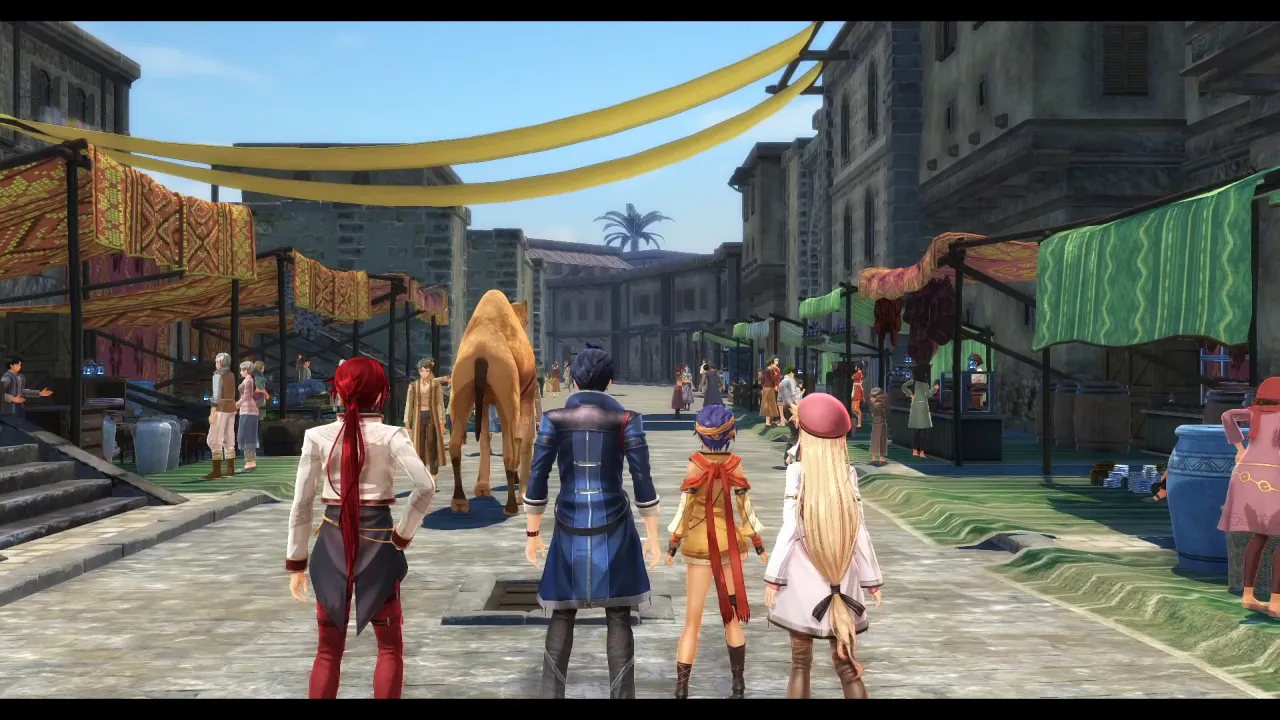
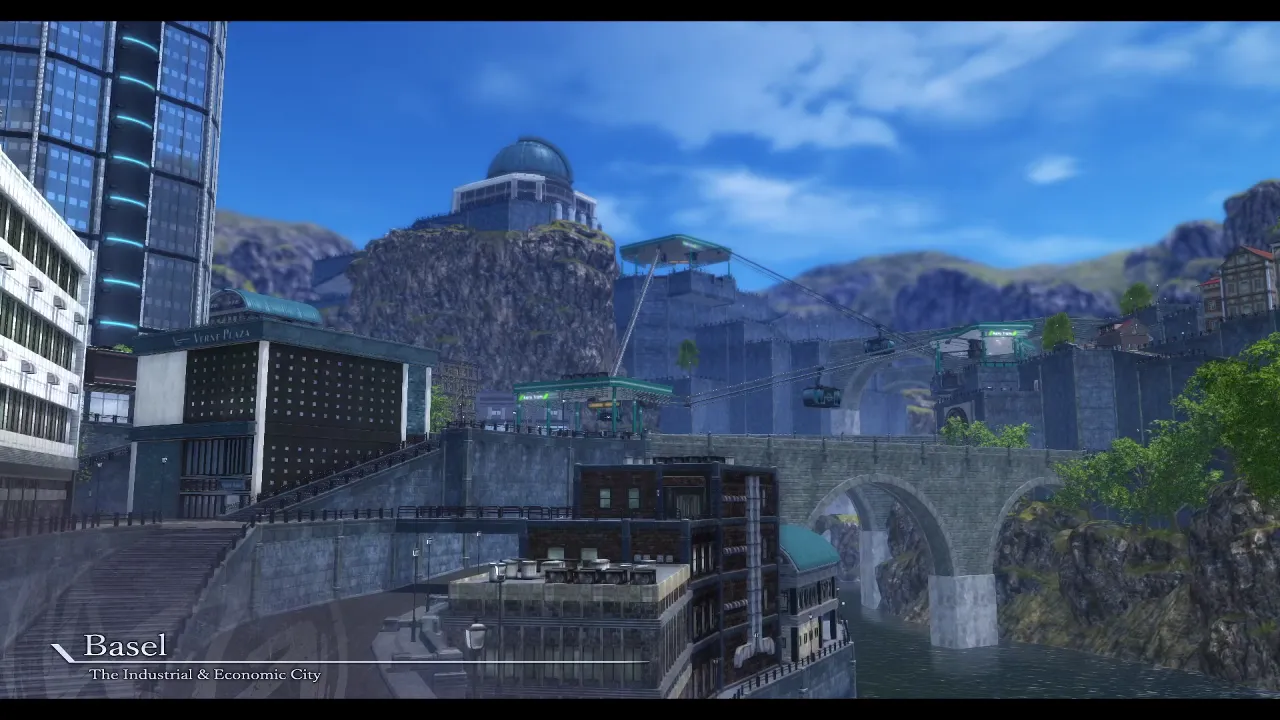

The aesthetic of each location is different, giving you a glimpse of the culture and history of the people there. The music, art, and atmosphere of each area varies greatly, making them feel different from each other. This created a lasting impression on me that the overarching world of Zemuria is truly vast and diverse.
The rise of technology is a major theme in this game. In addition to technological advances, the world itself is changing drastically. Cars are now commonplace, while some villages are still living in older times. Artificial intelligence is being integrated into daily life. The game takes great care in showing you these changes and how they affect the lives of the people, giving you a sense of the progression of the world.

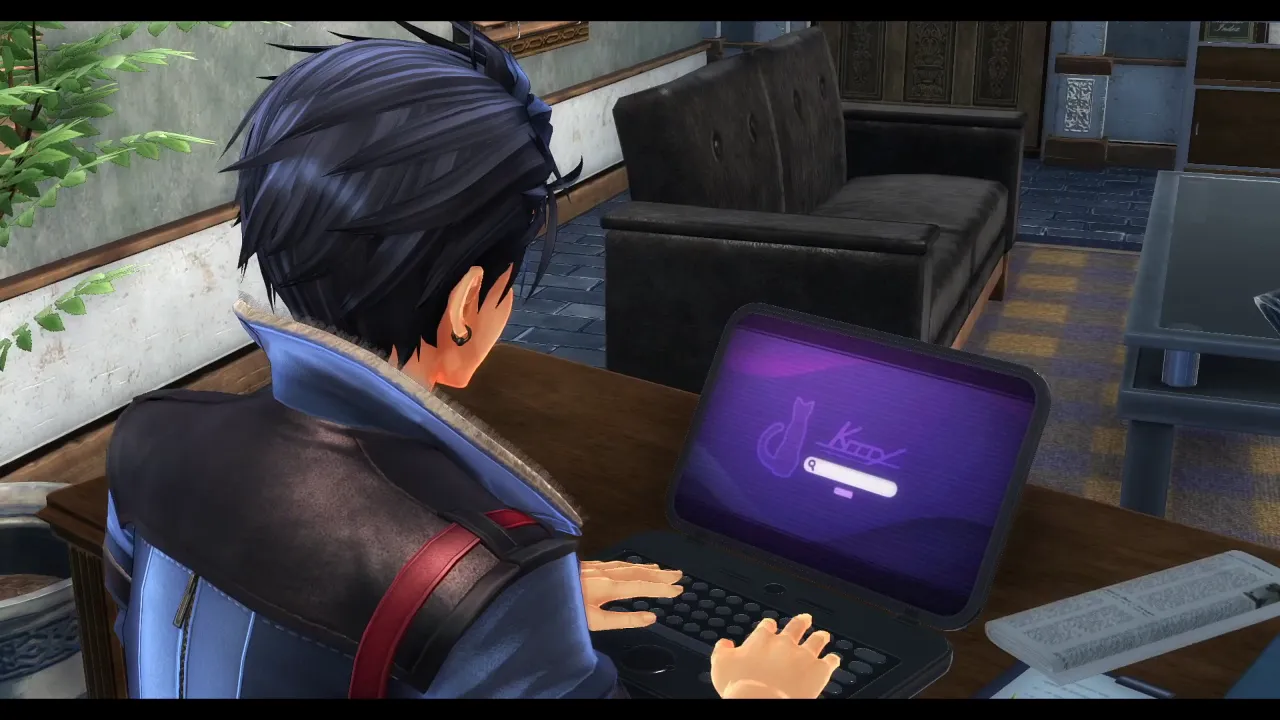

There are references to past games that build upon the lore of the series. For example, we are introduced to two new characters that are part of a holy knight group called Dominions.

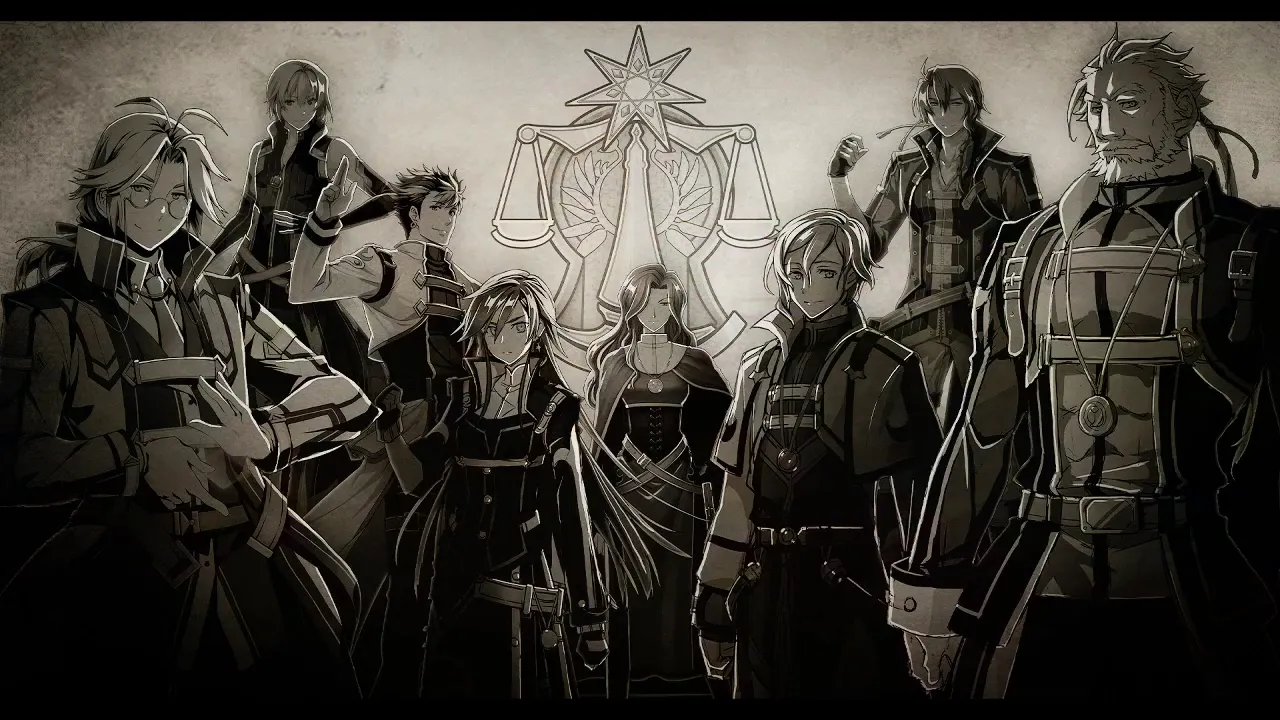
This group has played a major role in the previous games, so seeing more members of their group felt very nostalgic. These references enrich and deepen the lore of the series, creating an experience where everything ties together nicely.
New Characters That You Will Grow to Love
I've talked about how the world of the Trails games is rich with backstory and lore, but it is also filled with characters that you would expect from a JRPG. Each character in the game has their own quirks and personality that makes them memorable.
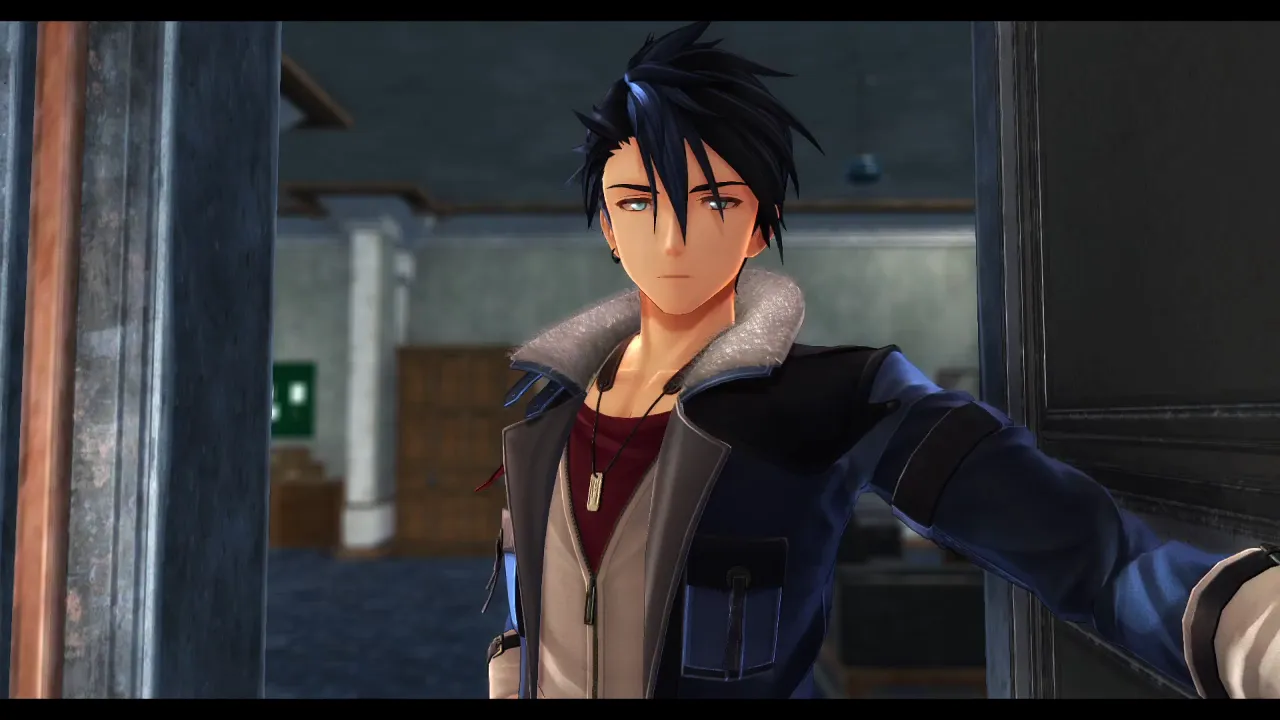
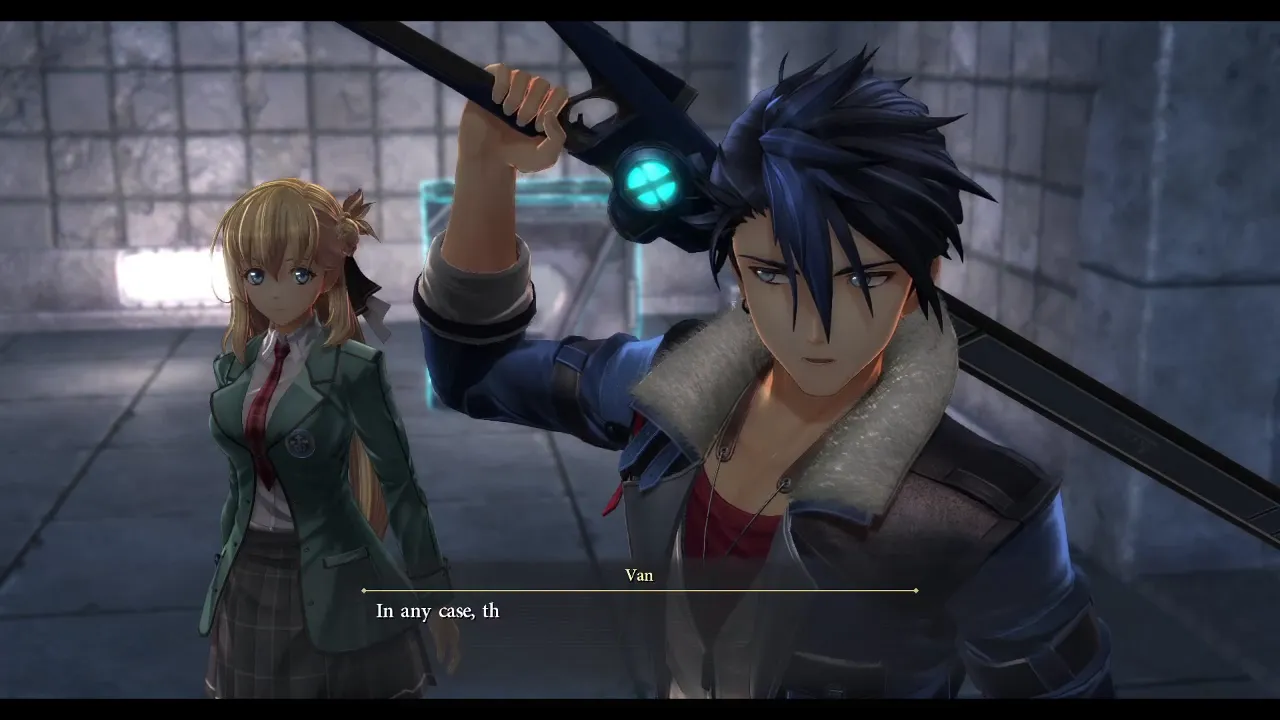
The main character, Van Arkride, is probably my most favorite main character in all of the Trails series. He is a man in his 20s who likens to a private investigator that takes jobs ranging from tracking down people, to investigating a murder case. He's not afraid to make morally ambiguous decisions and to go against authority.
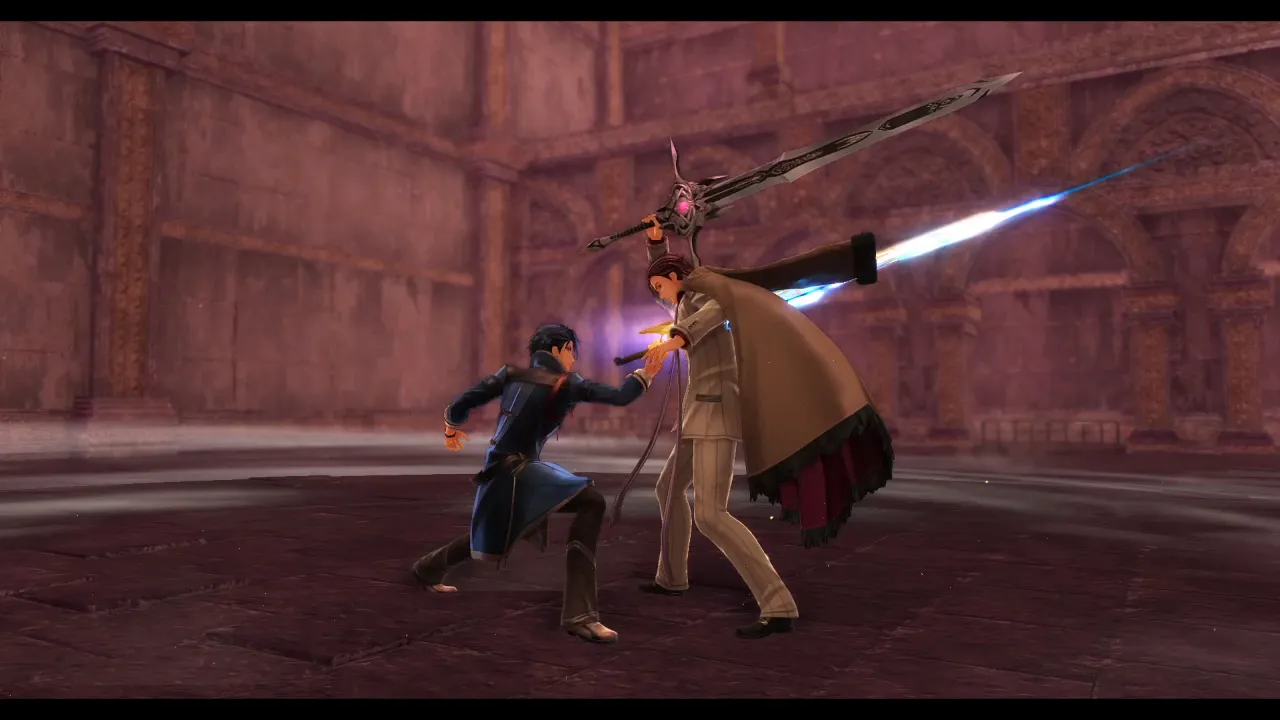
Unlike the previous main characters in the series, he is ready to kill if necessary. This was refreshing as the previous arc, Trails in Cold Steel, did not portray much death or killing which I found disappointing despite its major theme of war. Thus, when I saw Van actually kill someone in this game, I was glad to see that because that character truly deserved it.
He's portrayed as a lone wolf at the start of the game with a lack of deep connection to people, who eventually grows into a strong and dependable partner for the main party.

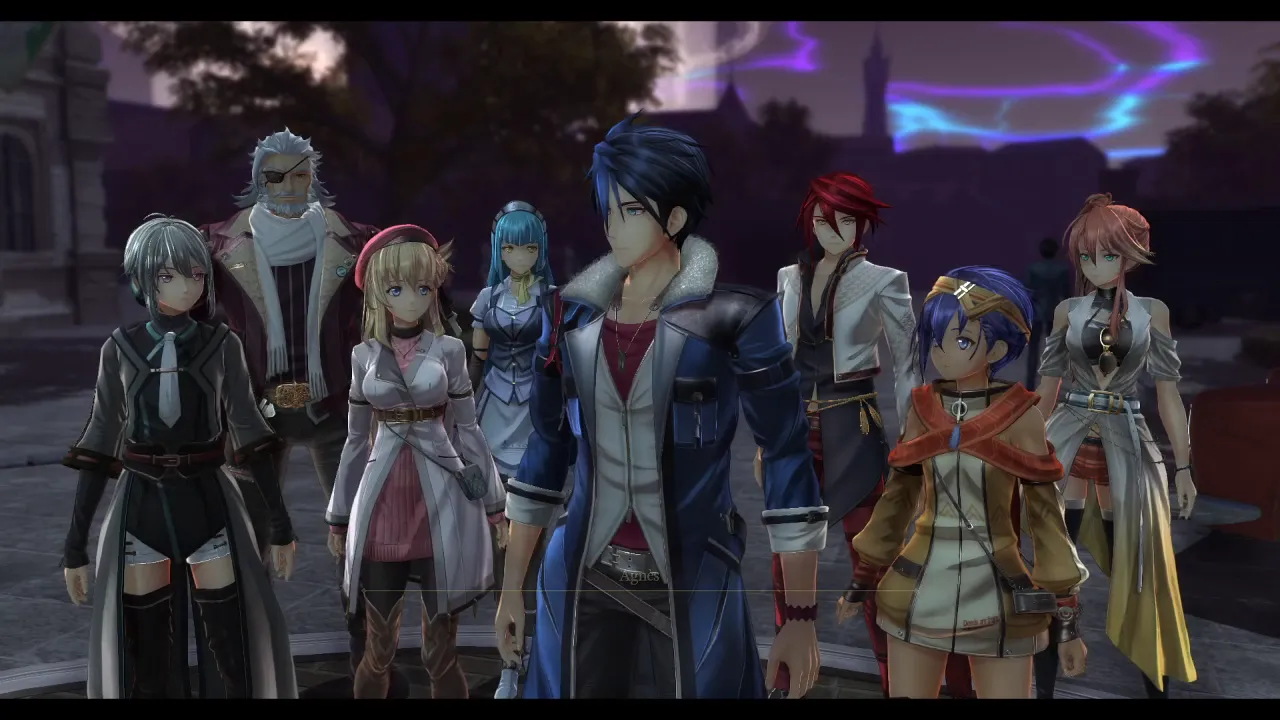
His relationship with each party member is fleshed out nicely throughout the game. This pays off by the end of the game, in which you can feel how important Van is to everyone whom he helped during the course of the story.
The rest of the cast consists of teenagers and adults, all with their own backstories, goals and motivations. They all seem like real people, with realistic personalities and flaws. There aren't too many "good" or "bad" characters, rather they're just humans doing the best they could under the circumstances. You really come to love the characters through interacting with them and witnessing their growth.


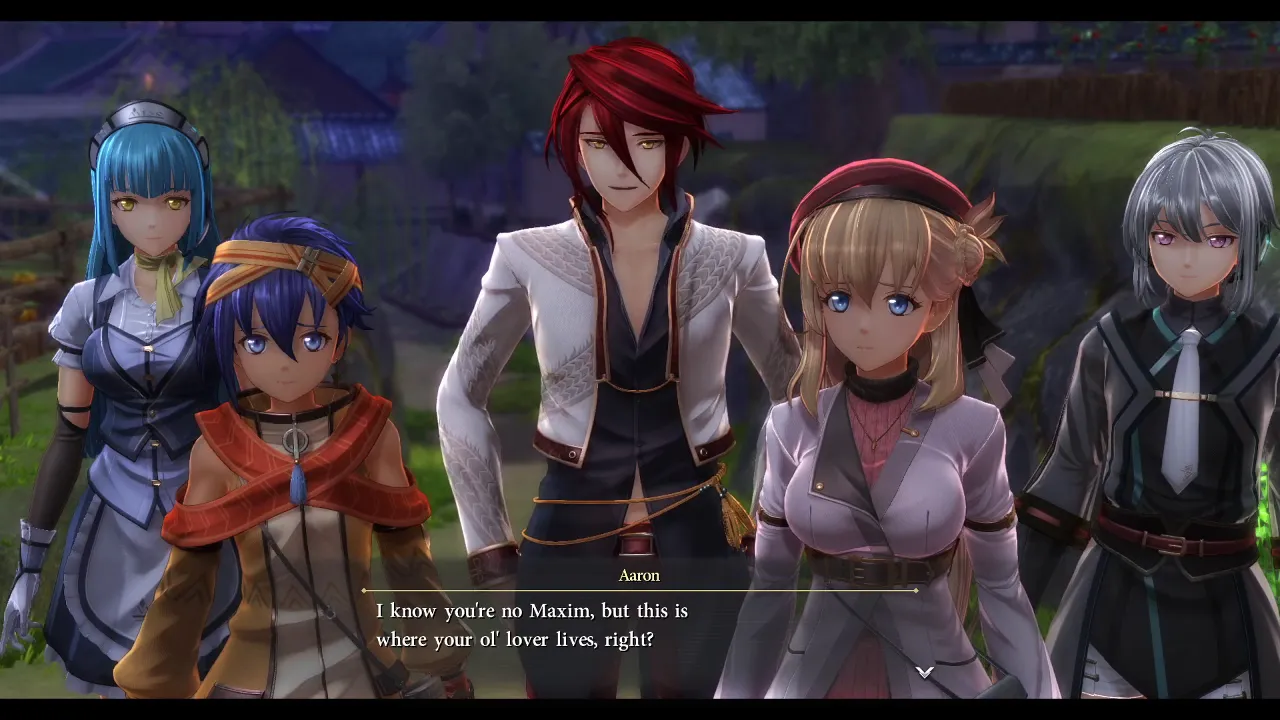
One thing I liked about this game compared to the previous games in the series was how they approached romance.
In previous games and in some JRPGs, you can choose to have your character romantically interested in a specific character. However, this was done poorly in the previous games with shallow choices and no lasting impact.
With this game, there seems to be a heavily implied romance with one character that you can't help but fall for, Elaine Auclair.
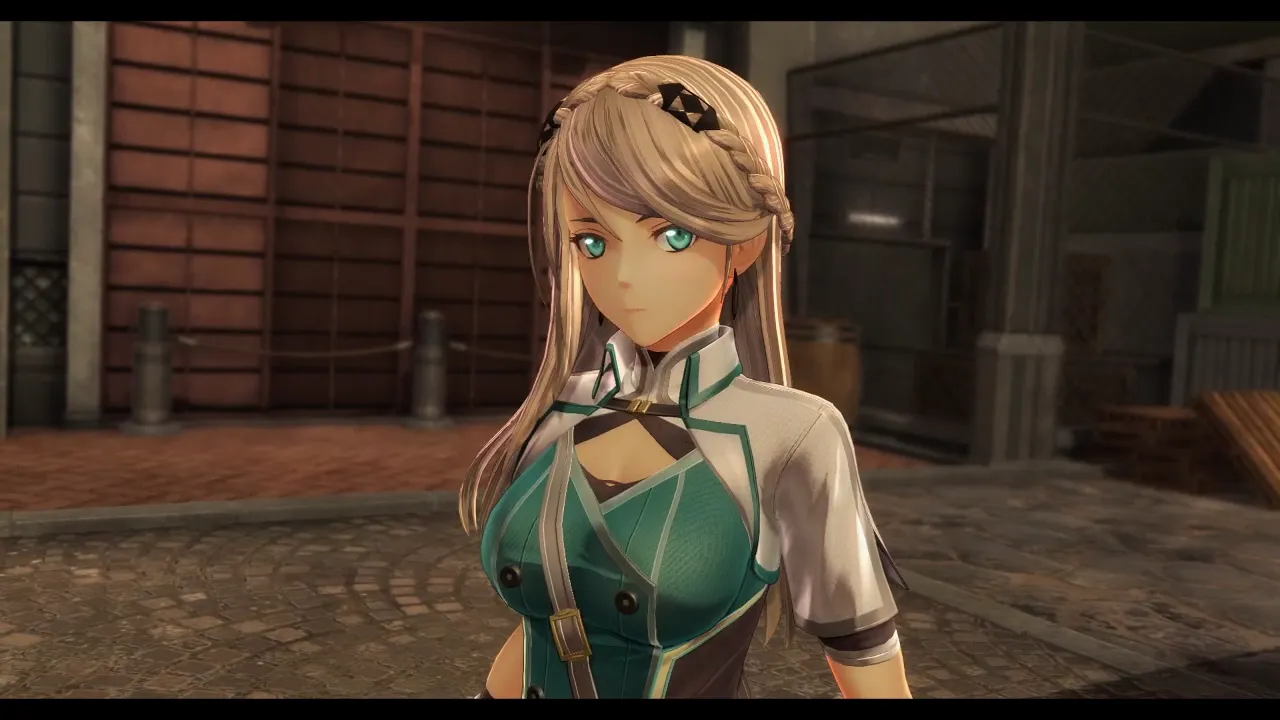


The story builds up the relationship between Van and Elaine, who were close childhood friends that drifted apart from each other as they grew older.



At the start of the game, you can tell that there are bitter feelings between them.
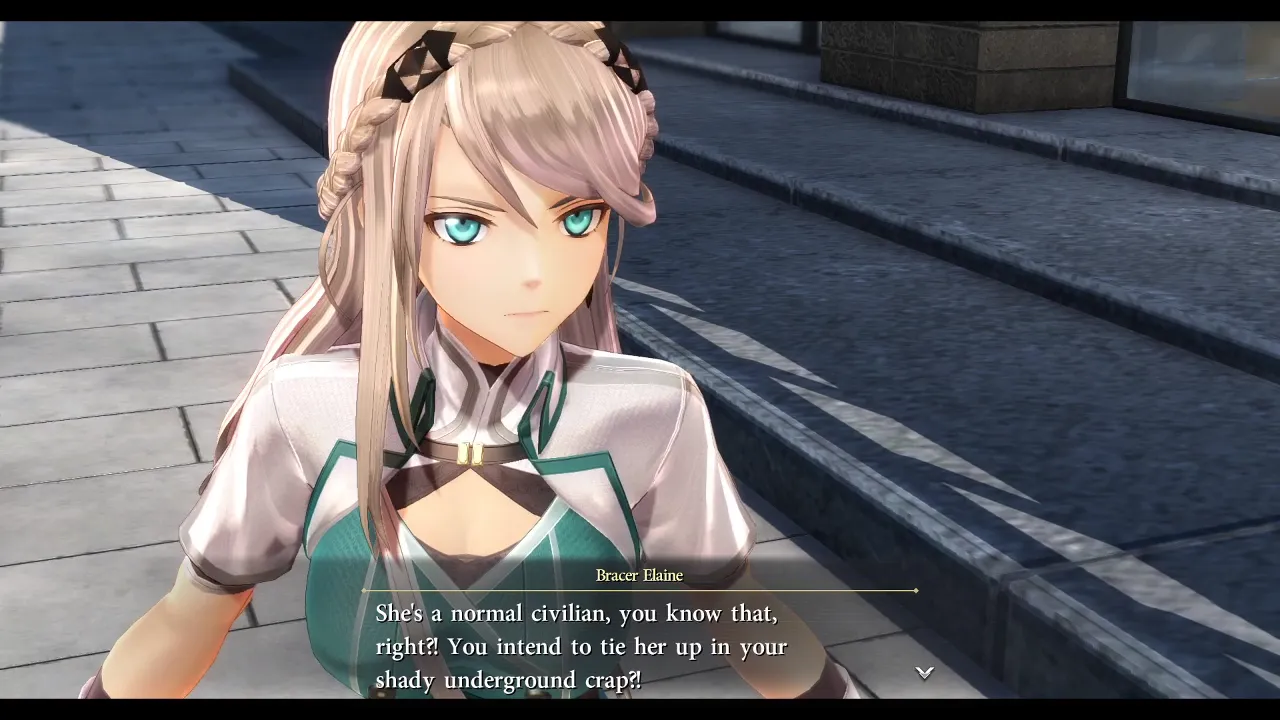
It isn't until later in the game that you realize what those feelings are about and that they truly care for each other. Their relationship is a major theme throughout the game, where they become closer and closer as the game progresses. By the end of the game, you are rooting for them to be together.
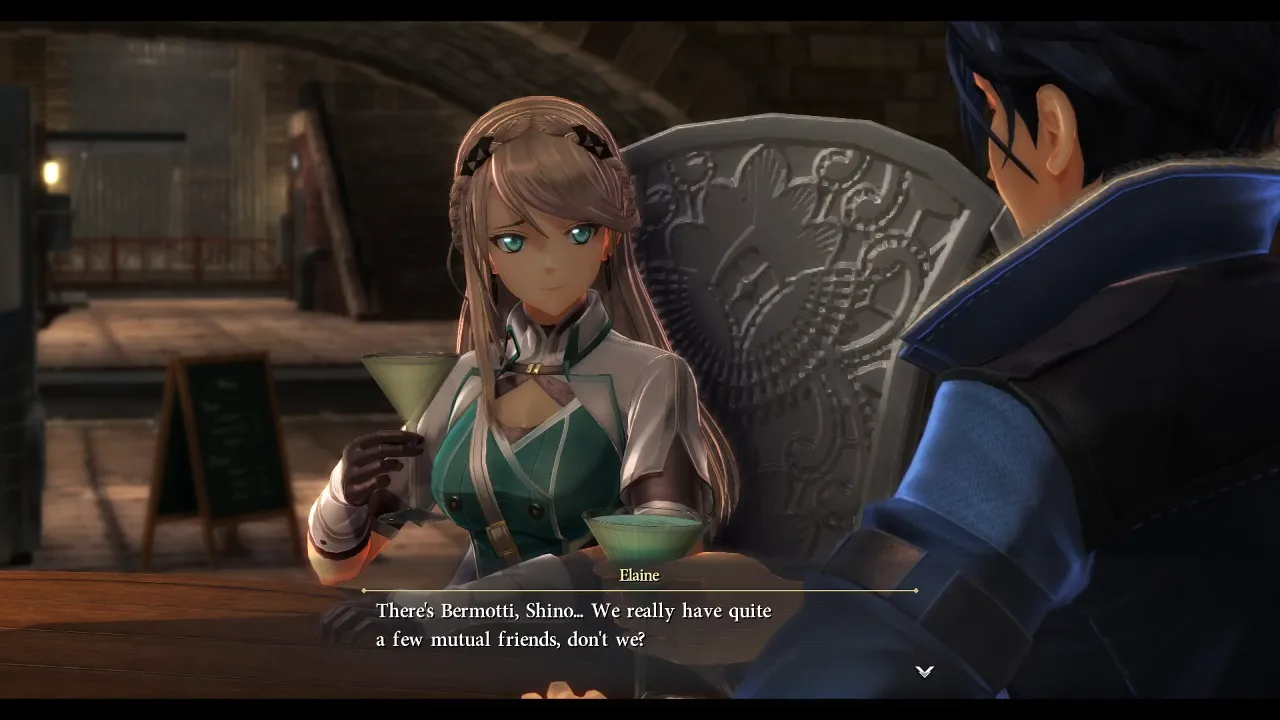
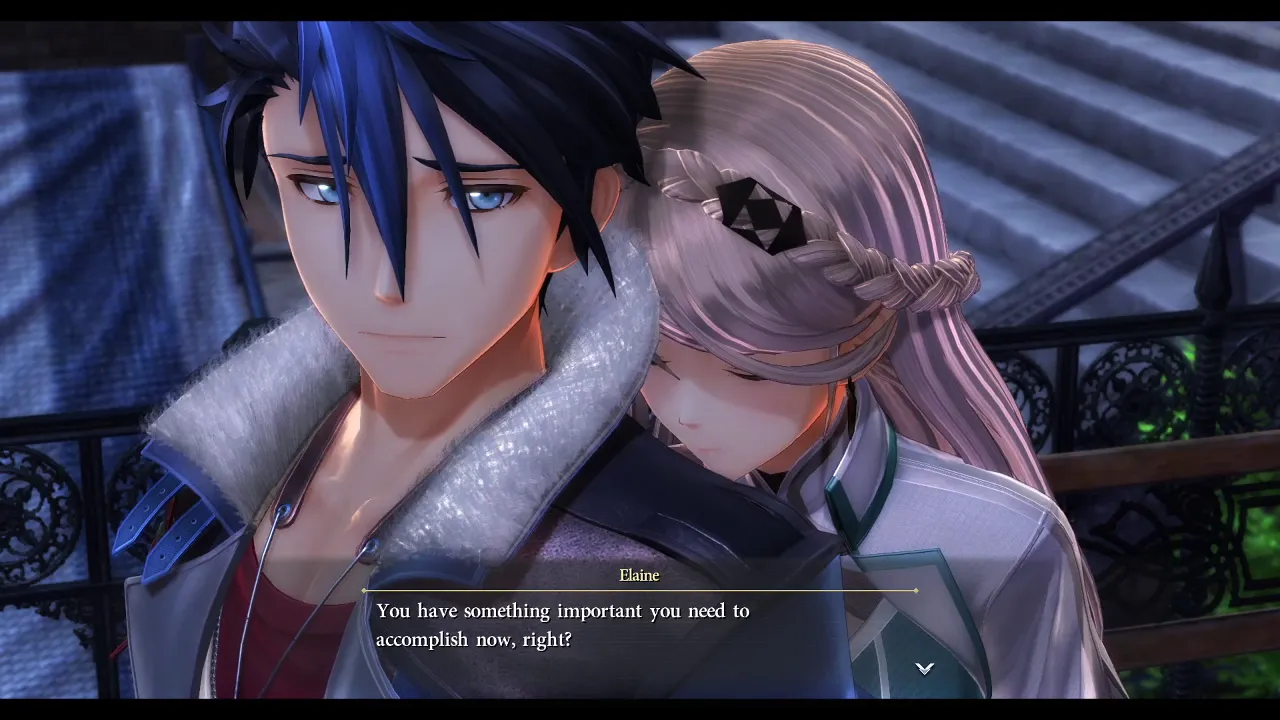
I almost always prefer this approach to romance in any video game. I find that choosing your own romantic interest feels forced and artificial depending on who you choose. Instead, I like the approach in this game where there is a clear romance that allows both characters to develop naturally such that it adds depth to the overall story.
Beloved Characters Make A Grand Return
As I said earlier, the series is well known for its recurring characters and relationships. The characters from previous games are a major focus in this one, especially from the last game. Every time I saw a character from a previous game, I jumped out of my seat with joy!
Van has a huge connection to one of my favorite characters who has shown up in every arc since the very first game of the series: Renne.
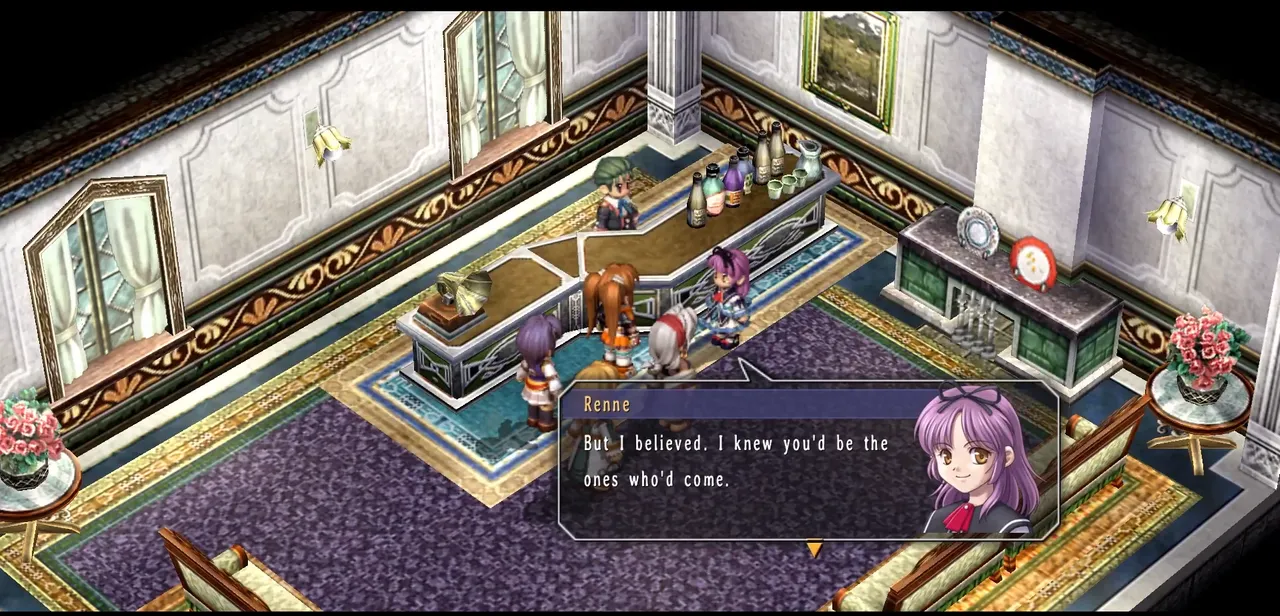
She started off as an innocent little girl in the first arc (Trails in the Sky), who is eventually revealed to be a sadistic and violent antagonist known as the “Angel of Slaughter”.
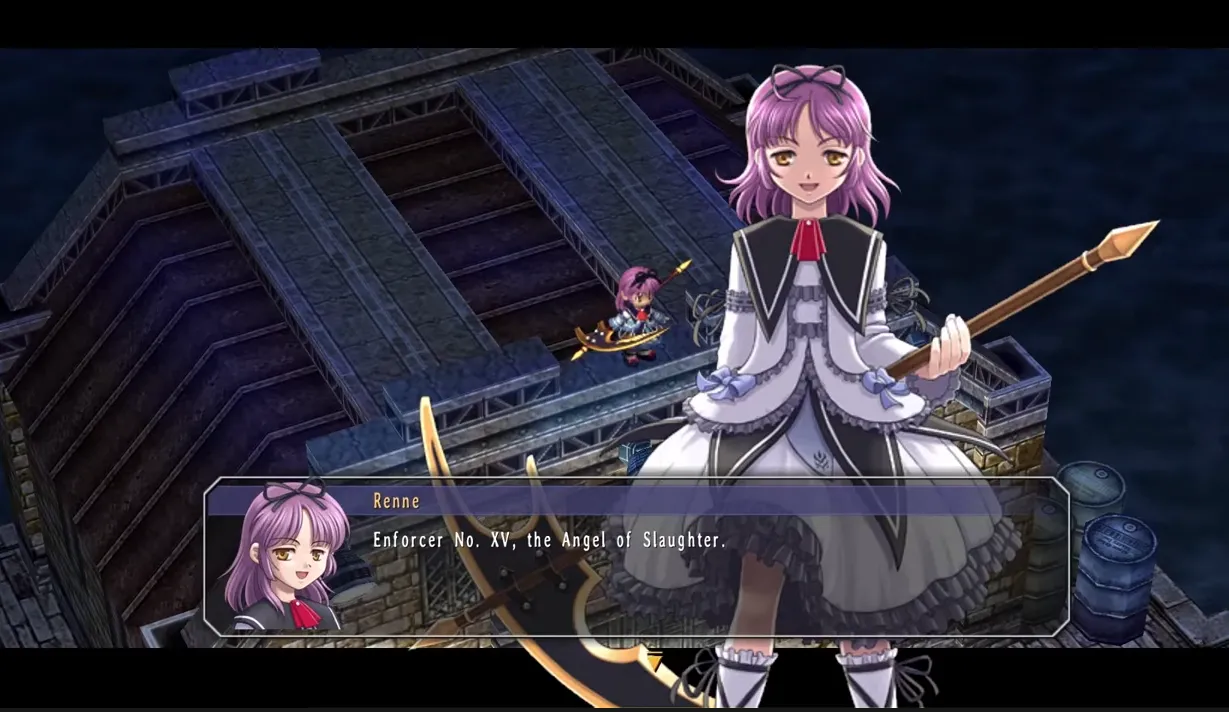
Although at the end of the first arc, we learn that she went through extremely traumatic experiences: being abandoned, going through human experimentation and sexual abuse in a brothel. You can't help but empathize with her.
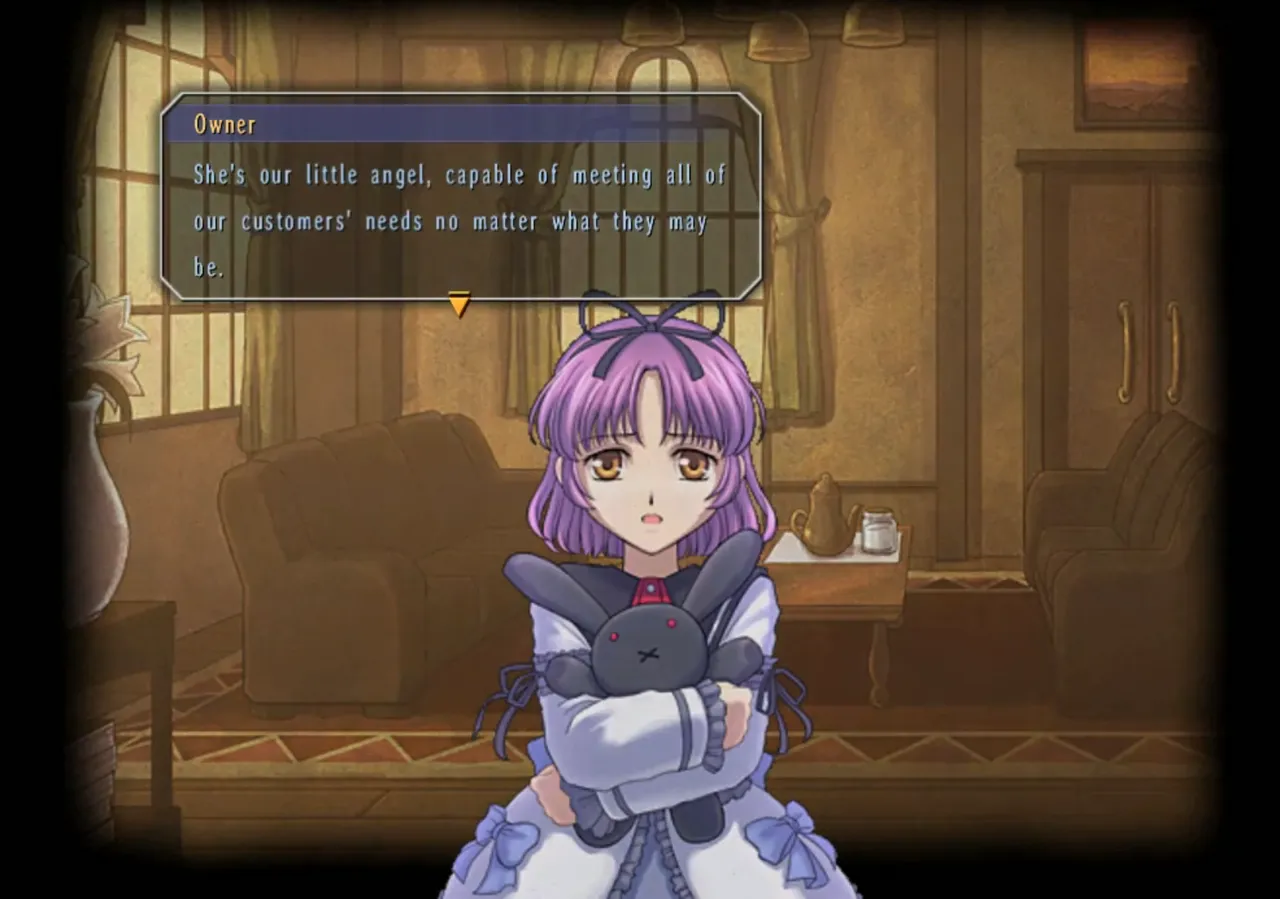
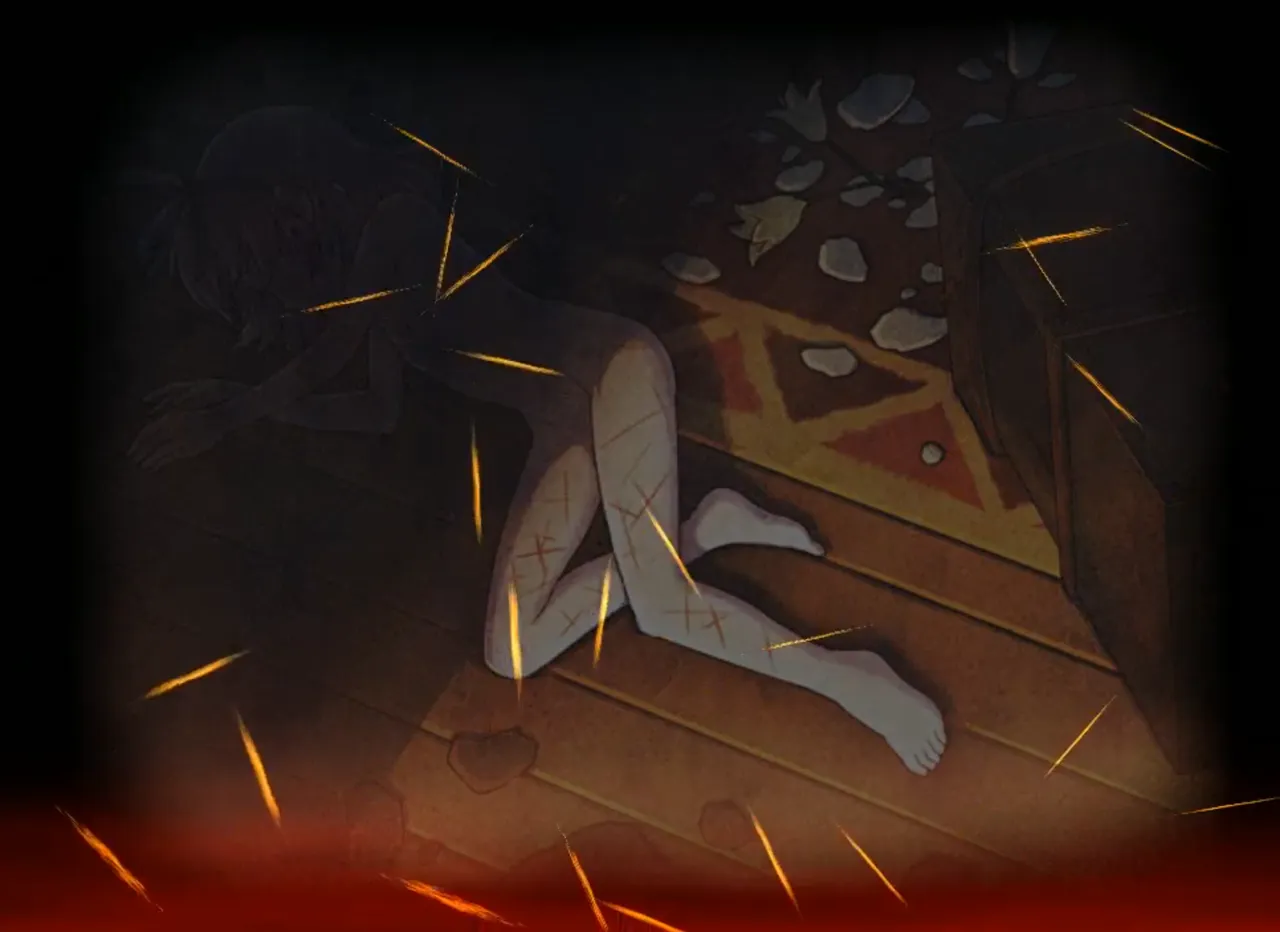
She then grows to become a heroine throughout the series. Her sadistic tendencies and violent nature begins to wane as she grows out of her trauma. She develops close relationships with the other characters in the series and slowly learns to become a better person.
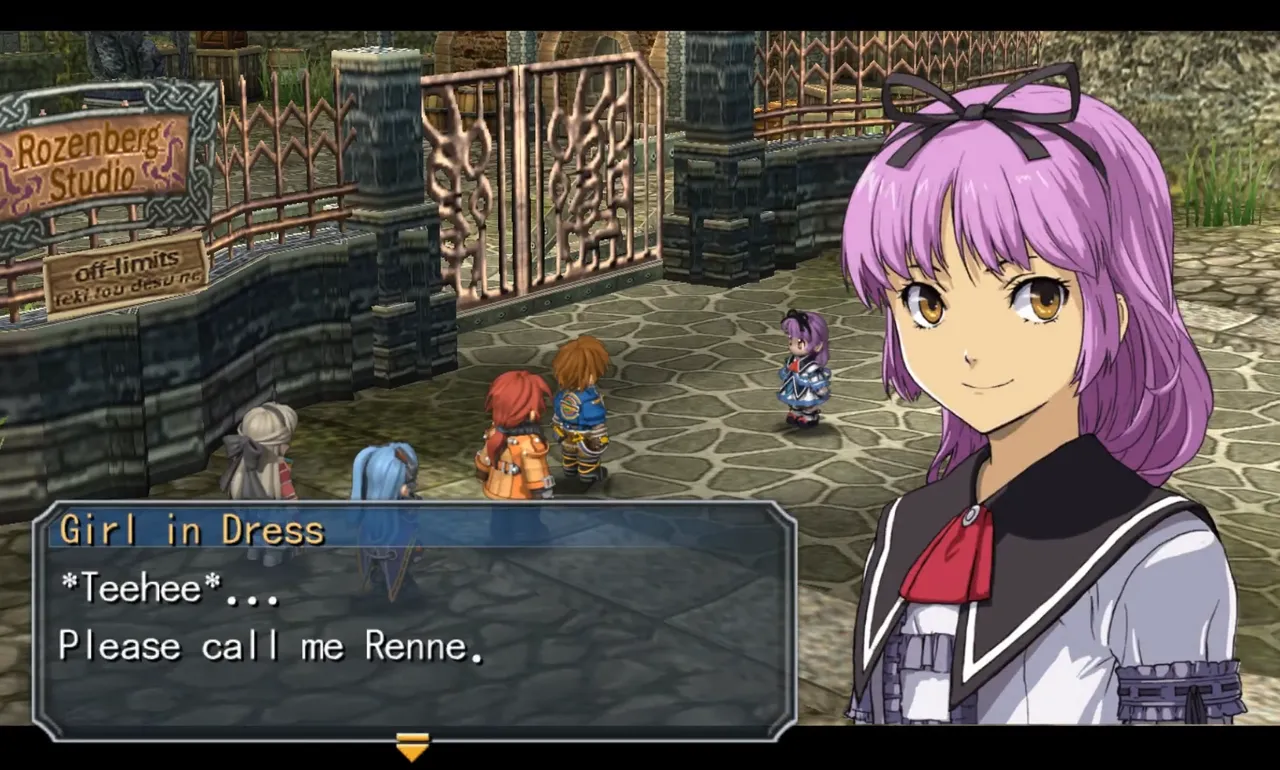
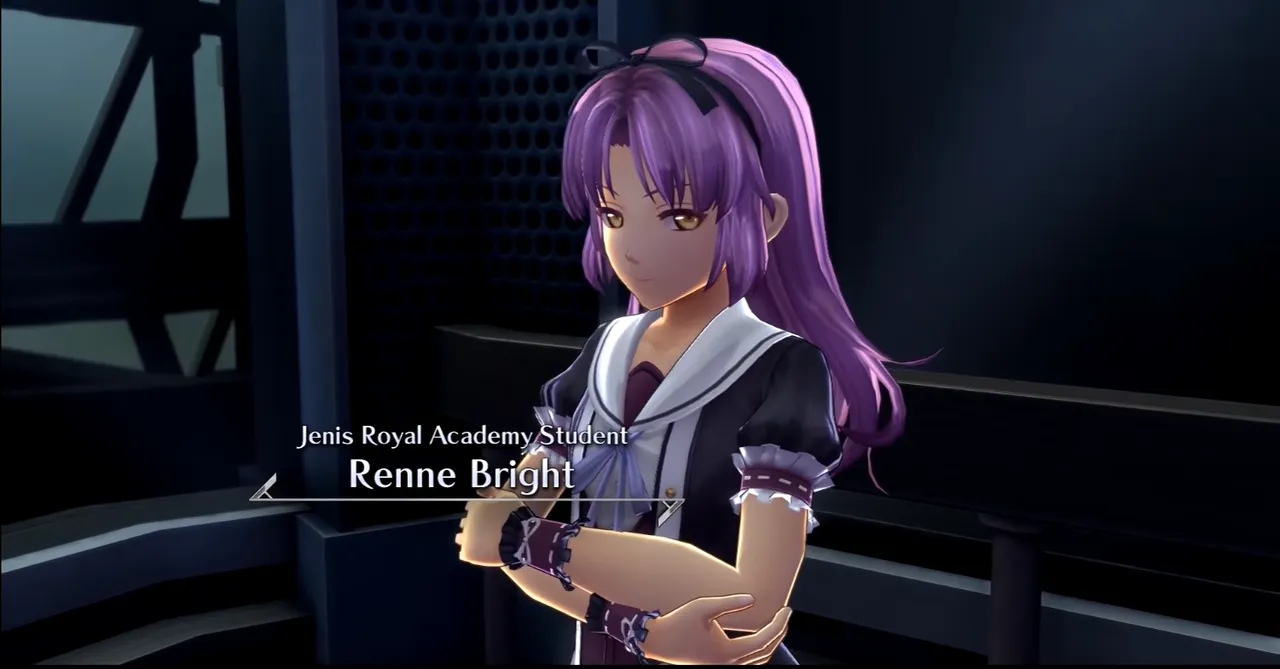
By the time we finally see her in Trails Before Dawn, she comes across as a strong, brave young woman, who will do anything for her loved ones. I was ecstatic when I saw her and how much she has matured in both appearance and personality.
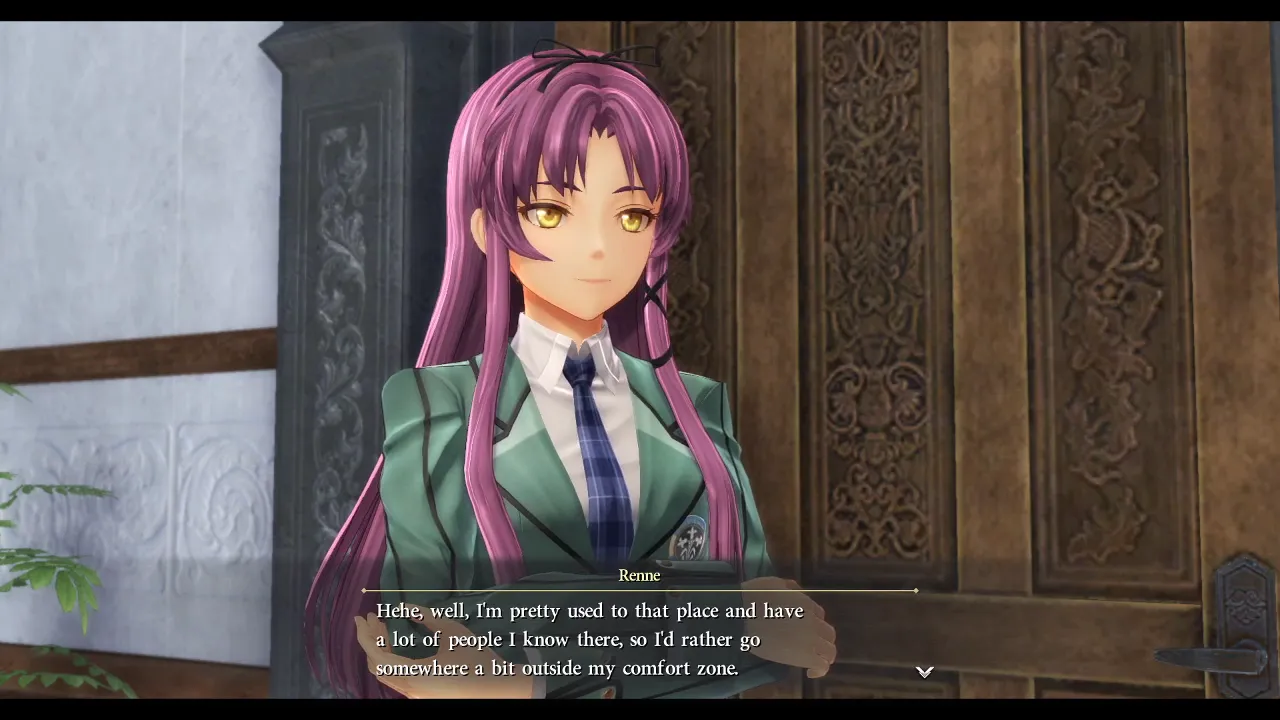
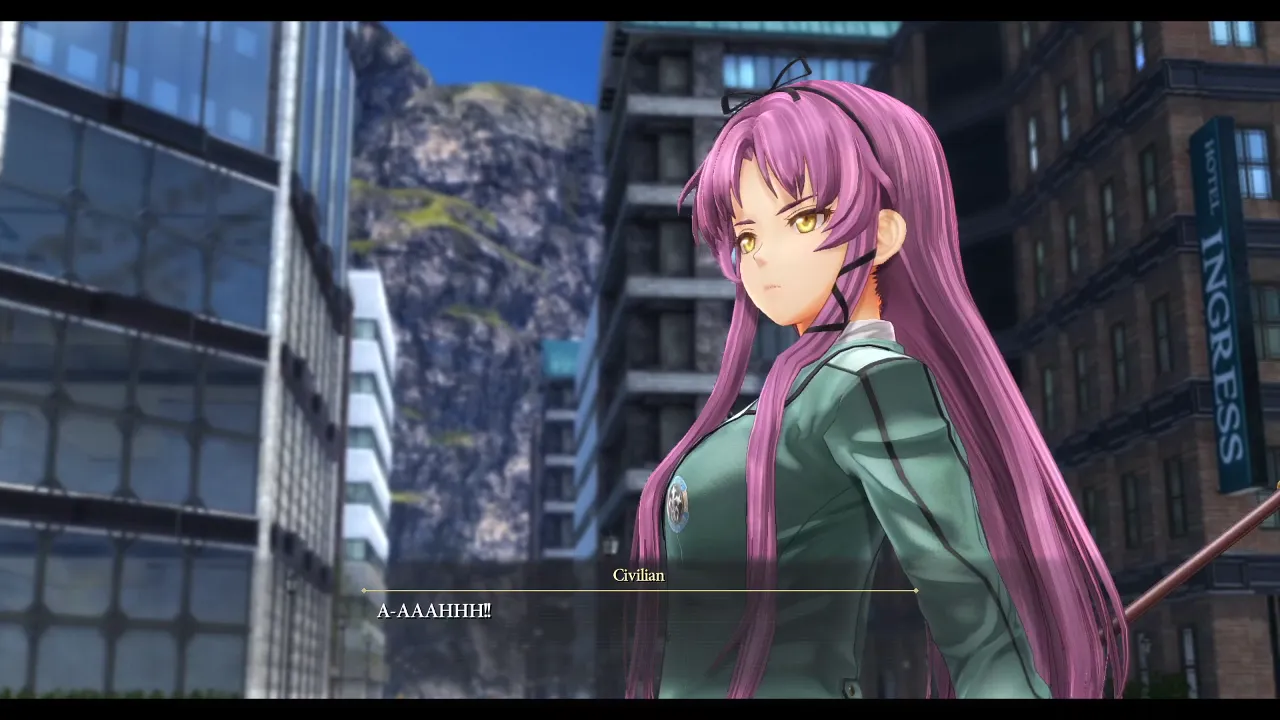
There are several characters from the first arc that were only sprites who were finally made into 3D models in this game: Zin (Zane), Kilika and Walter.
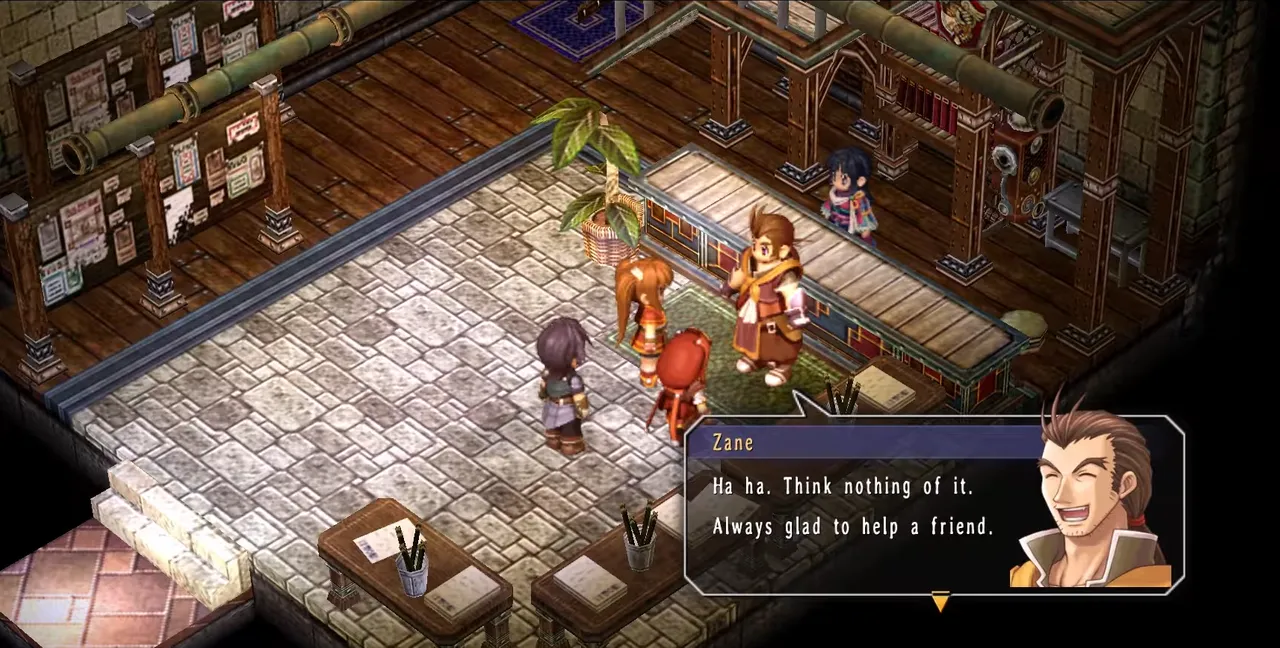
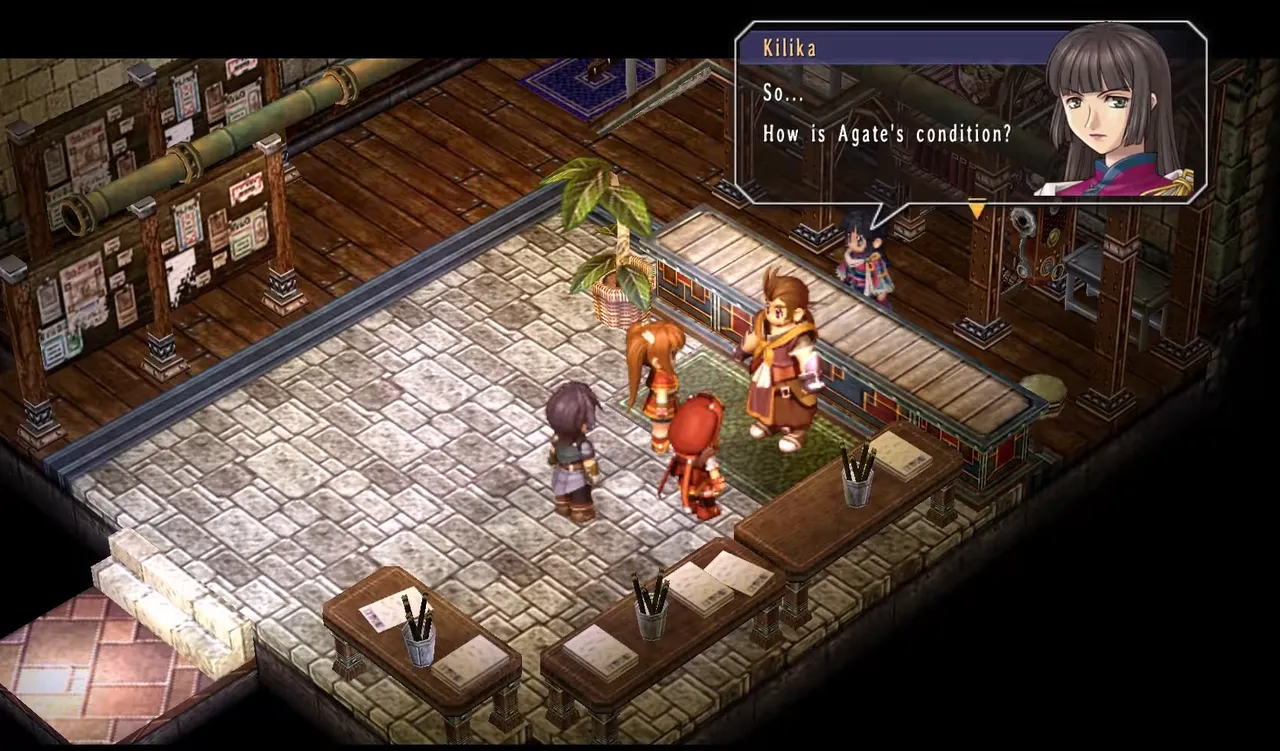
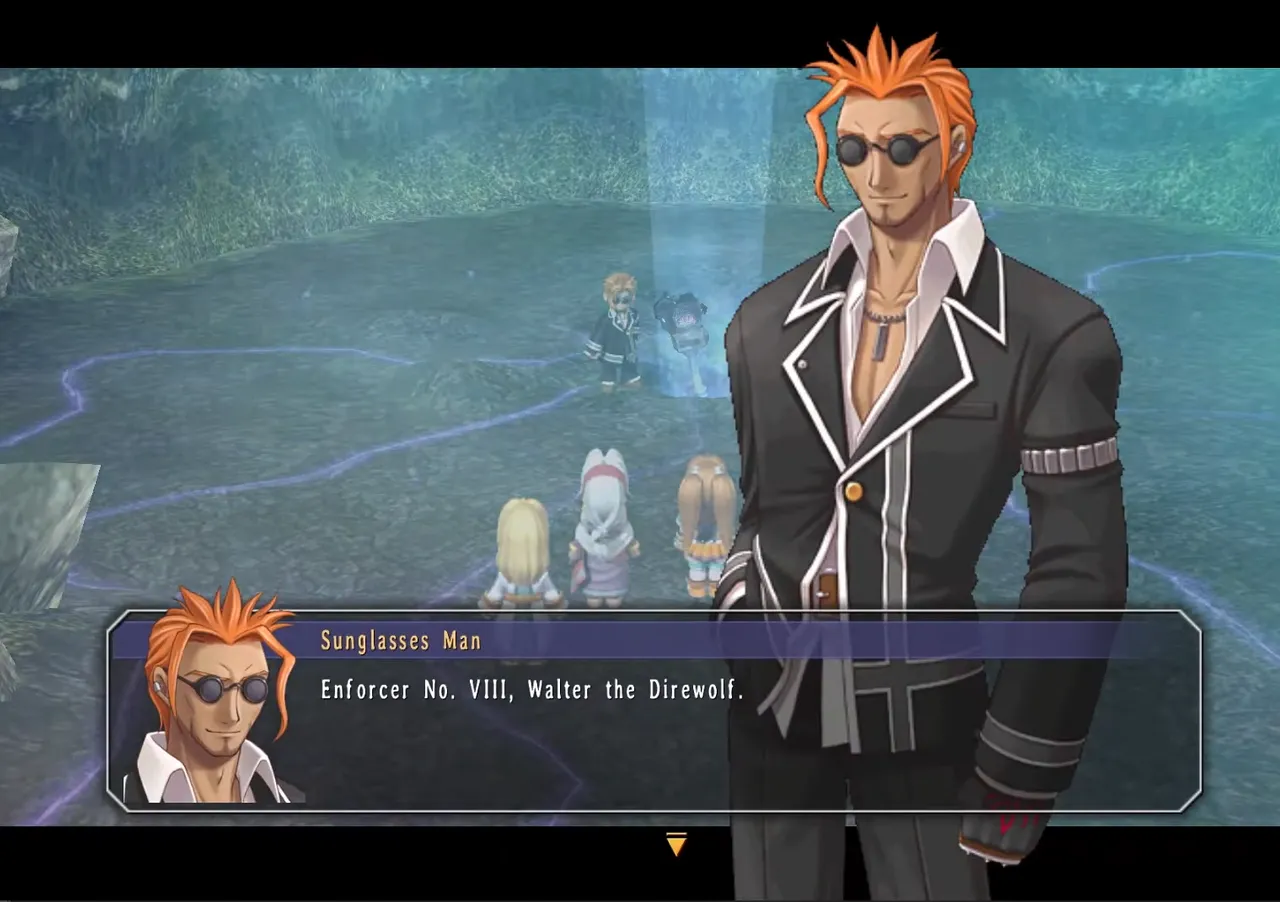
All three characters played a role in the first arc and were all once students under a famed martial artist. However, Walter ended up killing their teacher in a duel and eventually became an antagonist known as “The Direwolf”.
Each of them went their separate ways, but they all came together in Trails Before Dawn despite their differences to combat a common enemy. Seeing them all together and interacting with each other was a highlight of the game for me.
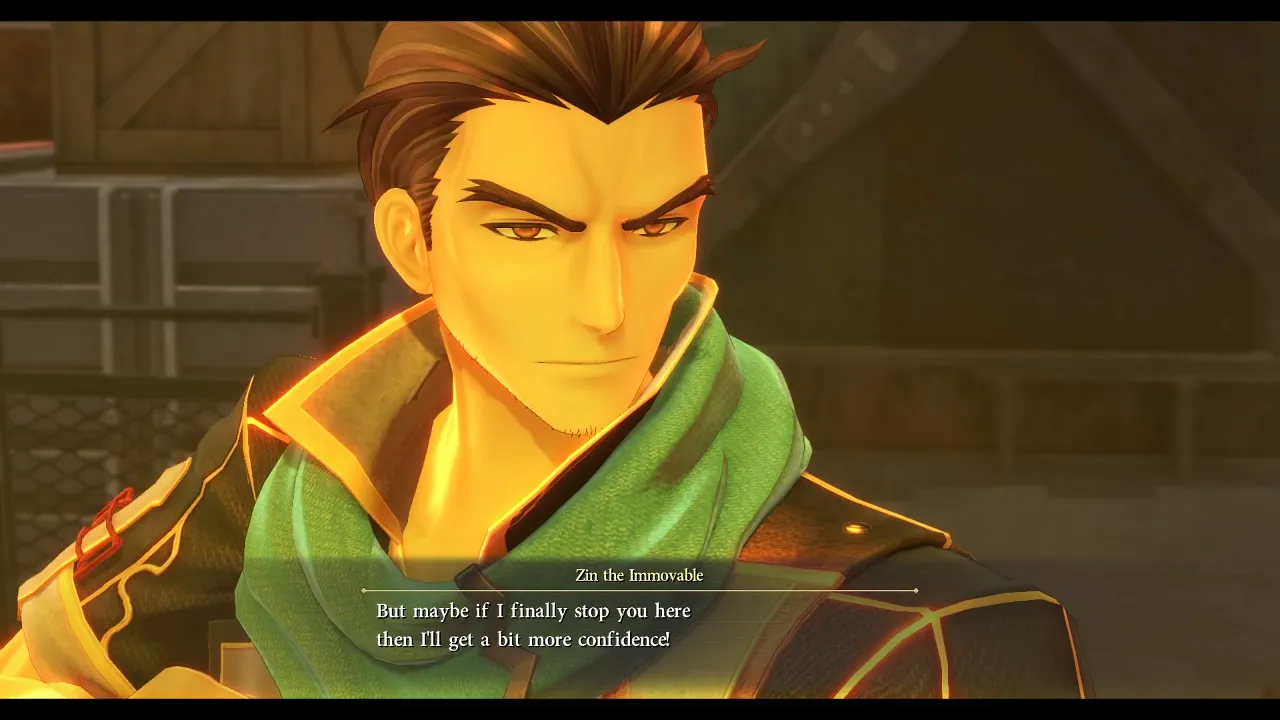
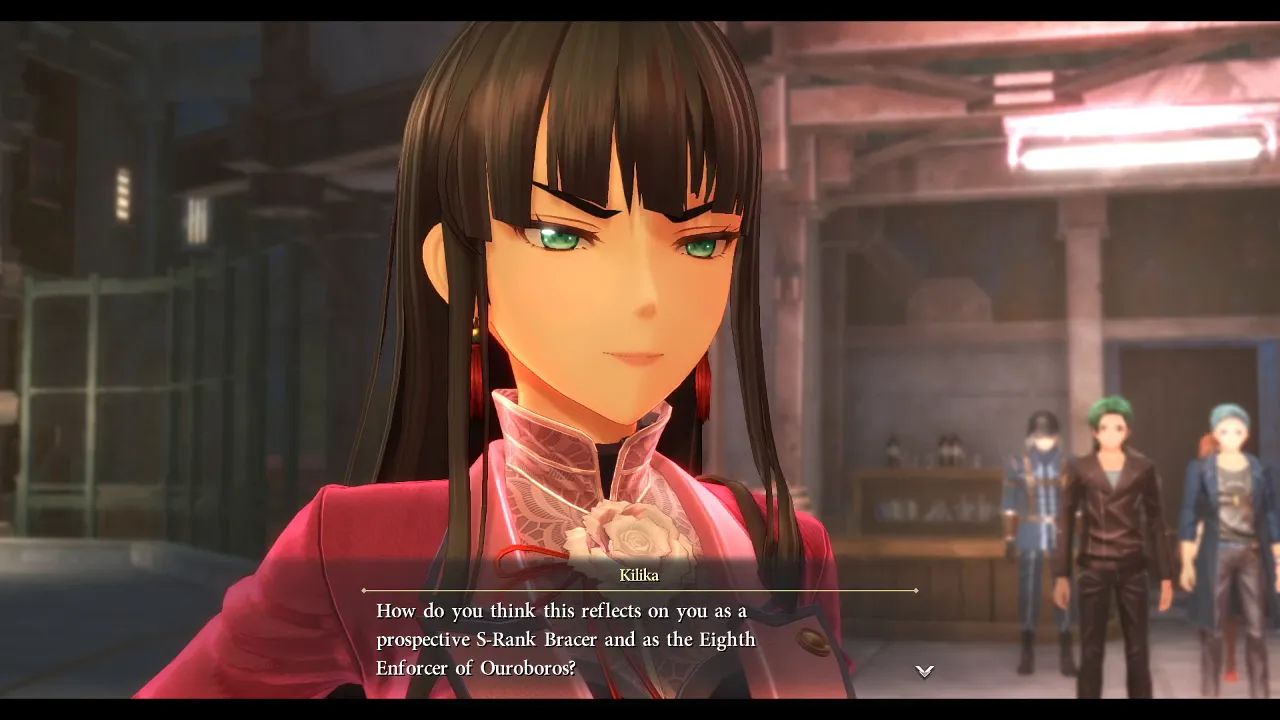

Another character that I believe had one of the best transformations is Fie Claussell from the third arc (Trails of Cold Steel).
Although she didn't start off as a sprite like others, she is a petite teenager with short stature who grew up on the battlefield as a young child in a mercenary group.

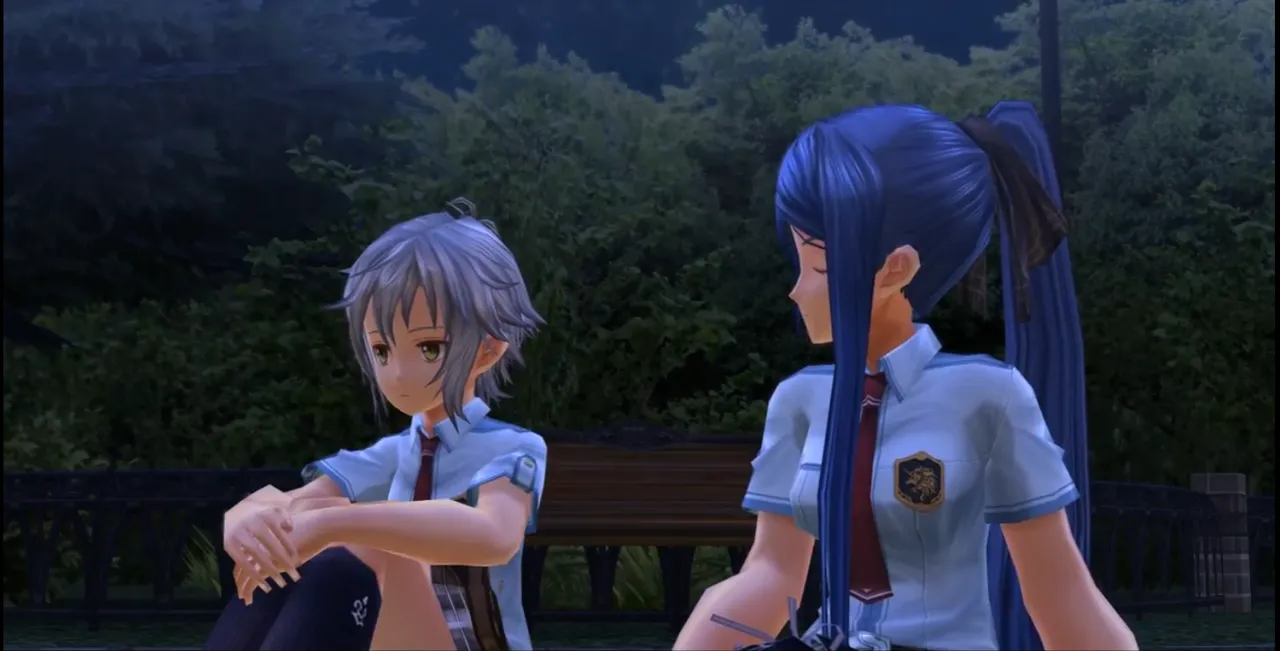
Throughout the third arc (Trails in Cold Steel), she grows to live a life outside of the battlefield and develops close bonds with the other main characters in that arc.

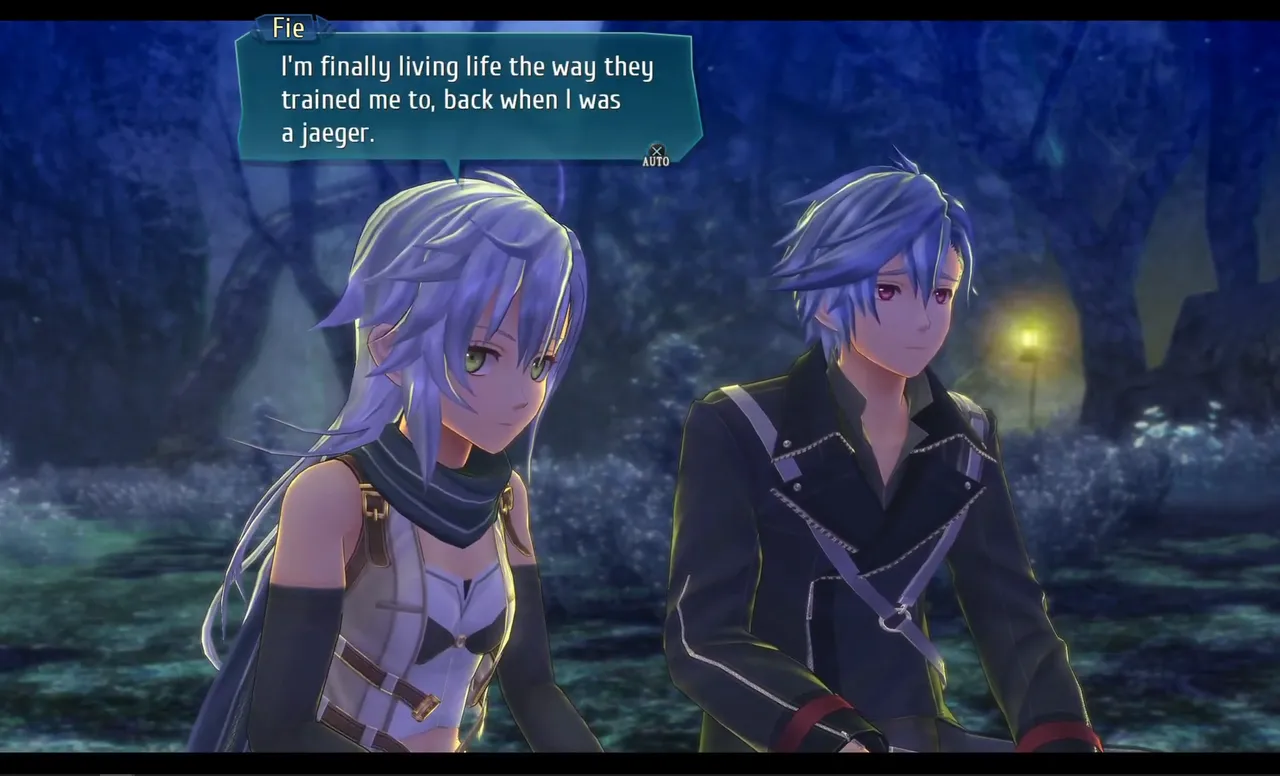
Thus, when I saw her in Trails before Dawn, I was in awe of how beautiful and charming she became. She also got much taller!
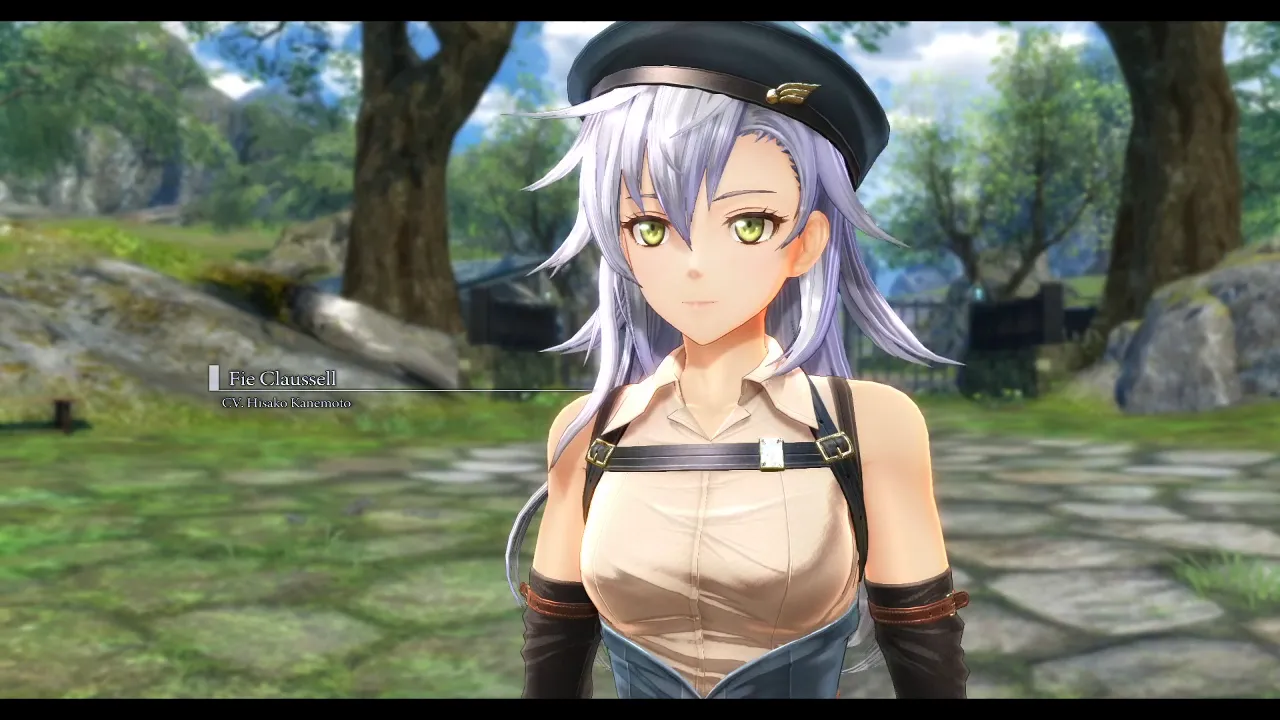

The return of many beloved characters from previous games is a testament to the strength of the writing and the storytelling of the series. There isn't another video game series that does it better than the Trails series.
A Slow Burn Story with Good Payoff
The story takes its time to establish the main characters and the world. It starts with the introduction of Van and Agnes in the prologue who journey to obtain high-tech artifacts named Genesis that are capable of ending the world.

A criminal organization named Almata obtains each Genesis one-by-one and performs experimentations on the people of Calvard such as resurrecting the dead or turning a human into an AI. Each chapter focuses on a single character in the main party, who are deeply affected by the crimes committed by Almata's experiments.


It's a slow-burning story, where Van slowly grows to understand his role in the world and the other characters around him. The characters' backgrounds and motivations are explored in great detail. This allows the player to connect with the characters and sympathize with them. There were emotional scenes in the game that really drove home how important the characters are to the overall story.

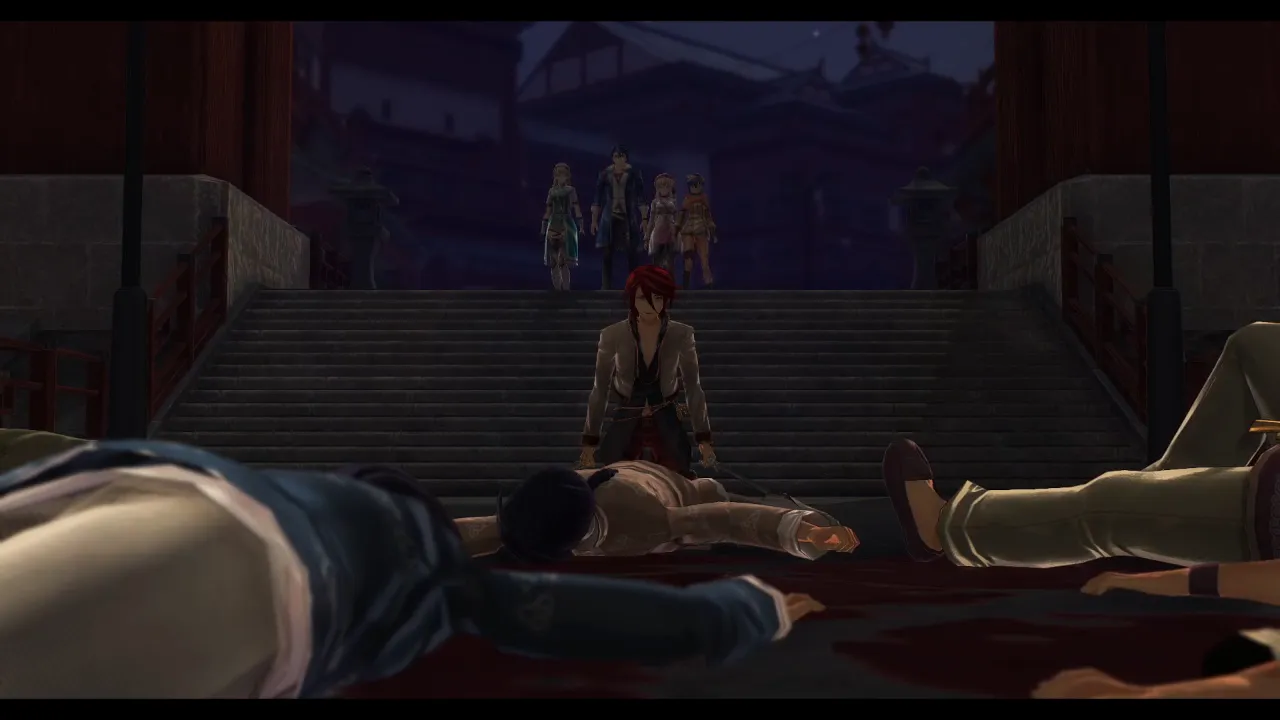
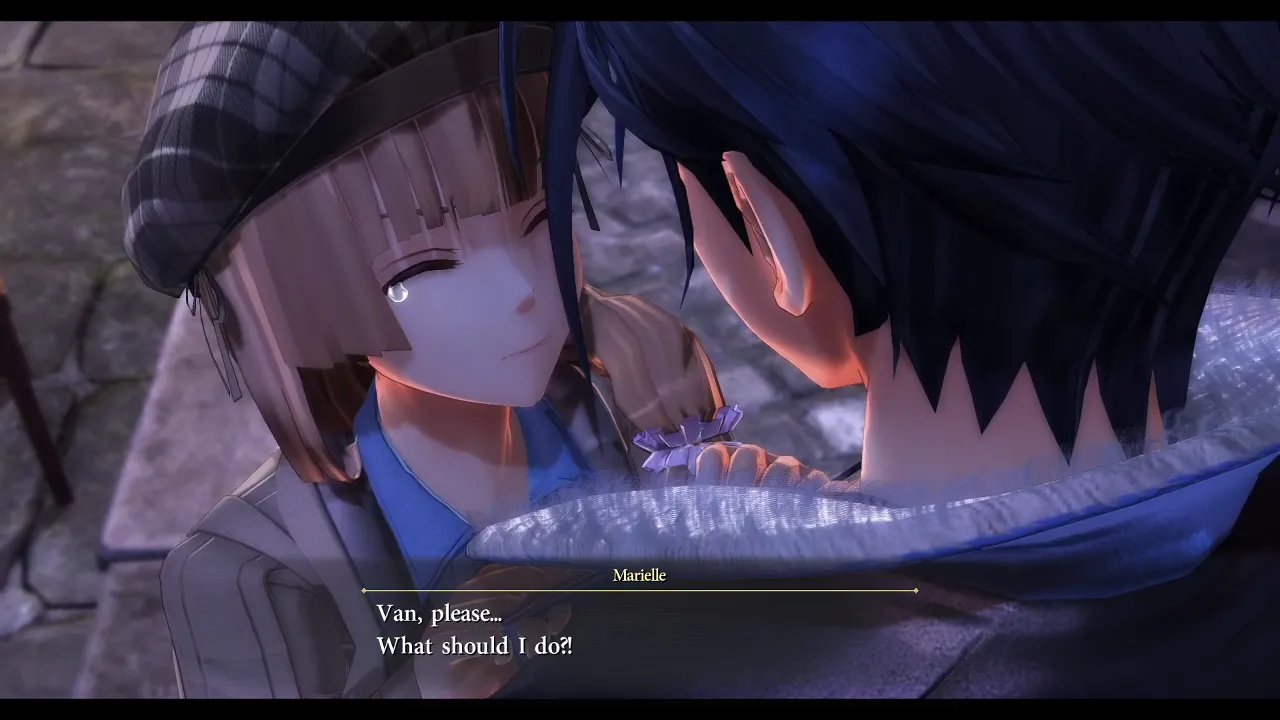
Although the story is slow-burning, the game doesn't drag on. It doesn't waste time with unnecessary details and focuses on the main plot and characters. The plot is straightforward, but it never gets boring. The game doesn't rely on clichés and it manages to keep things interesting. The story is also told in a way that it doesn't get repetitive. It focuses on the characters' personal journeys, which allows for a deeper understanding of the world.
It's not until the fifth chapter that the world is fully established and we have a full party! From there, the plot ramps up until the end of the game when it truly kicks in. The payoff in the final chapter is satisfying with numerous moments that will leave you on the edge of your seat.


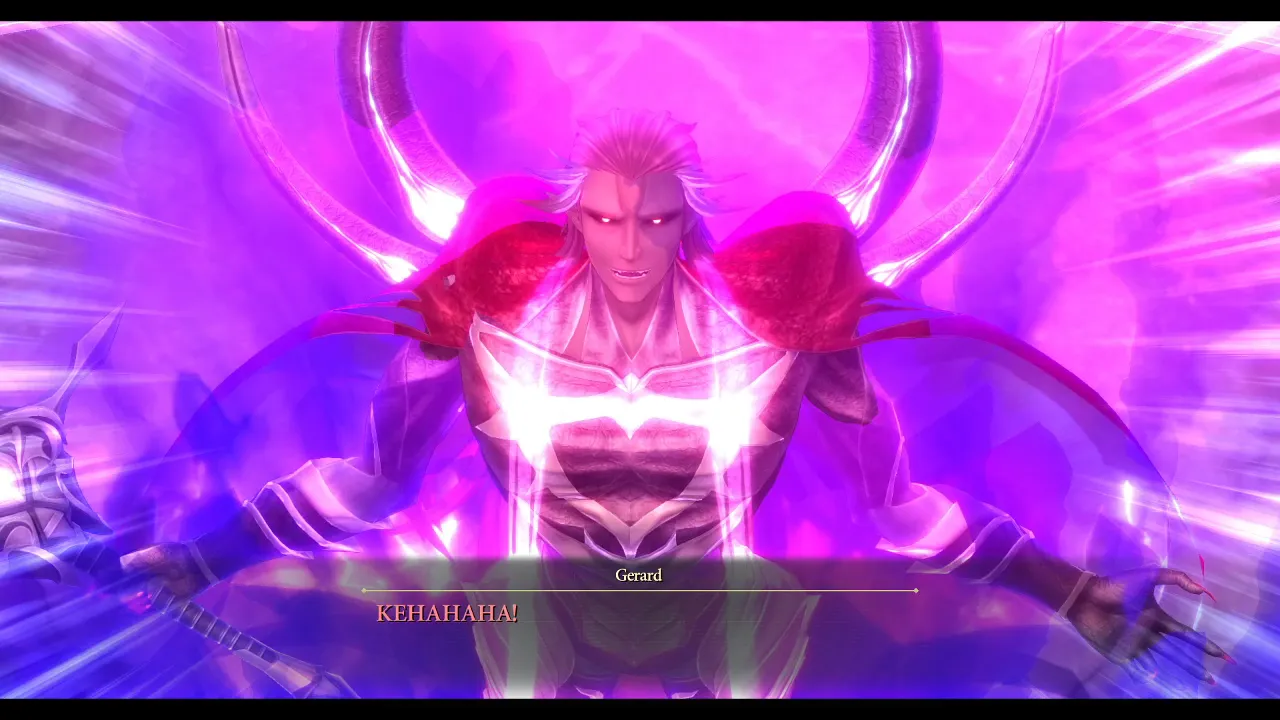
One of the most powerful scenes in the game is when Van chooses to sacrifice himself for the greater good, as we learn that he is a vessel for a God-like demon that is destined to destroy the world. We see each character in the main party react to Van's decision.

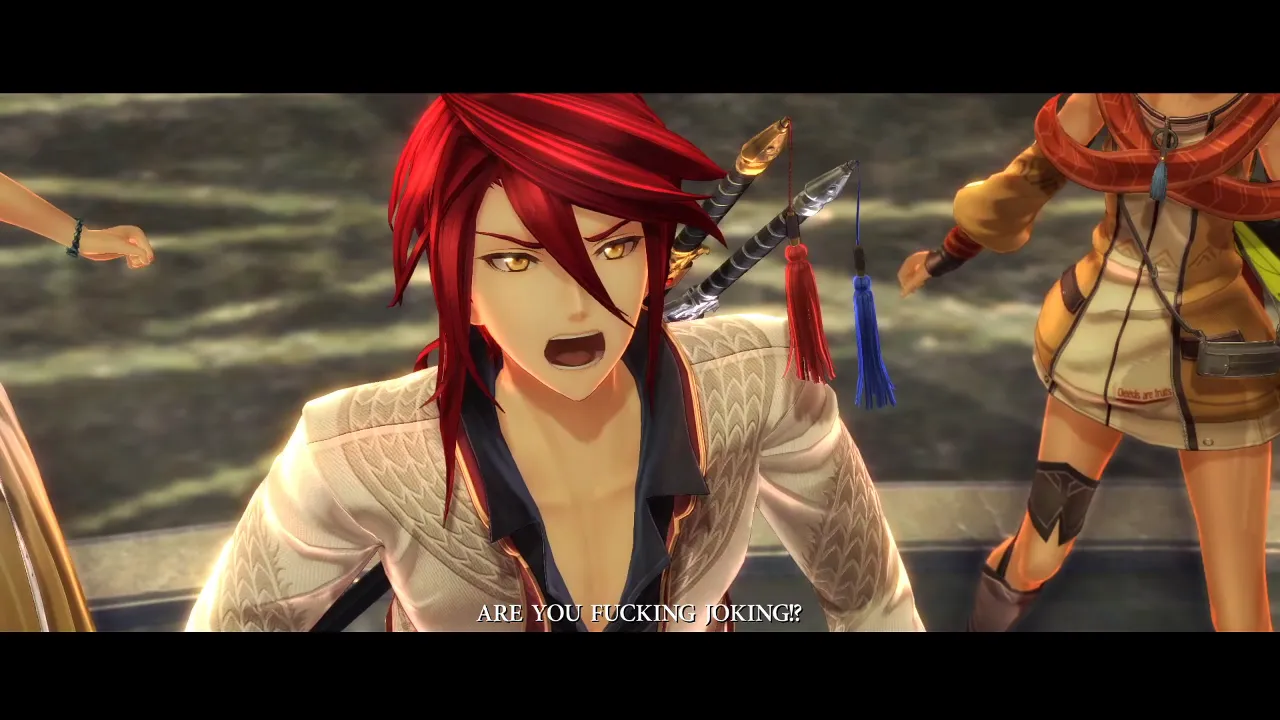

The scene shows how much these characters mean to him and how much they care for him. Van starts off as a loner in the story, but he grows to become one of the most important people in these characters' lives.
It's a touching scene and one of the few times where I felt sad in the whole series. I believe that I wouldn't have felt much emotion in this scene if the story didn't take the time to focus on each character's relationship with Van.
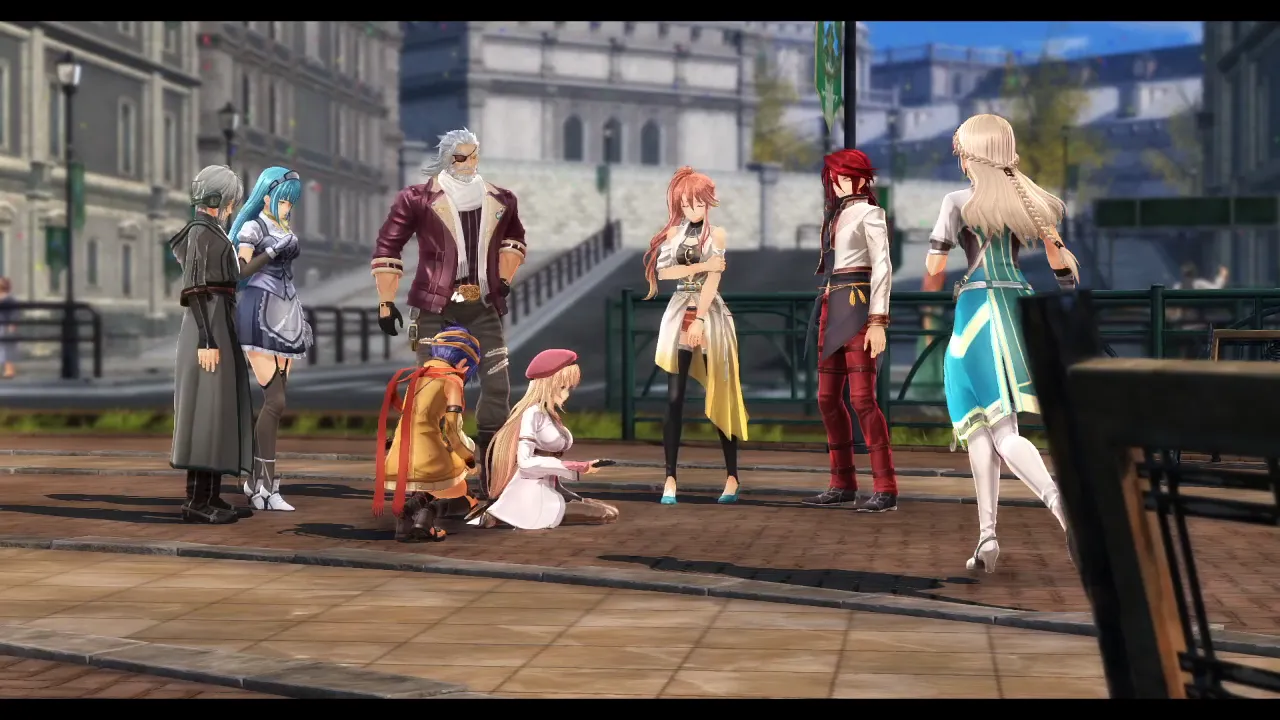
However, the main party chooses to rescue Van from his self-sacrifice.
That's not a bad thing, though, because it shows the depth of their relationships. Van saved each character in the party in some way. Each person grew because of him, so it is only right that they would choose to save him.

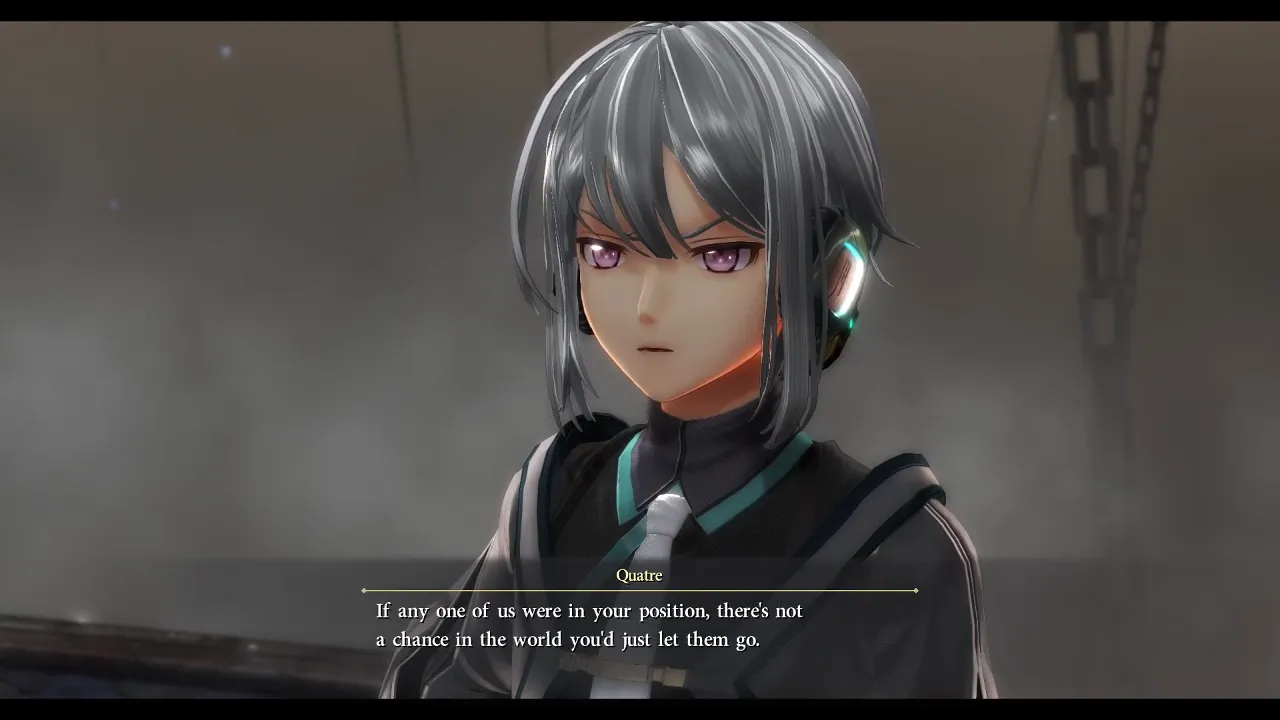
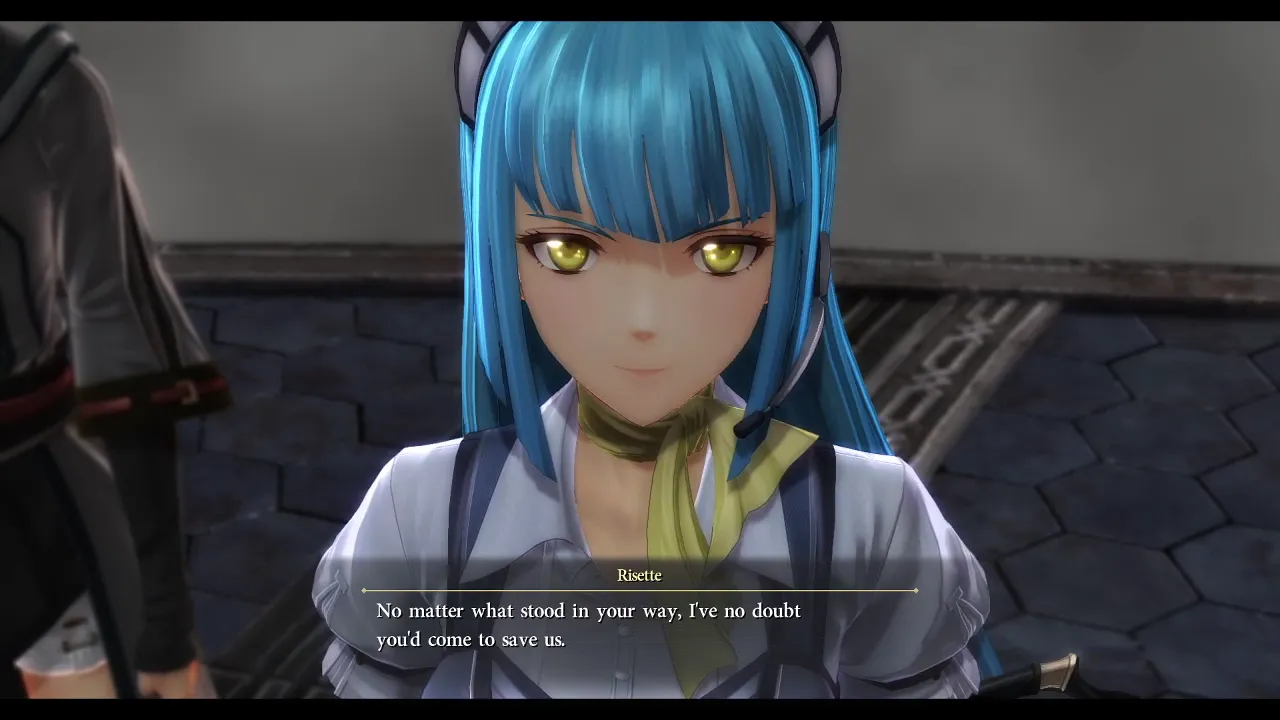
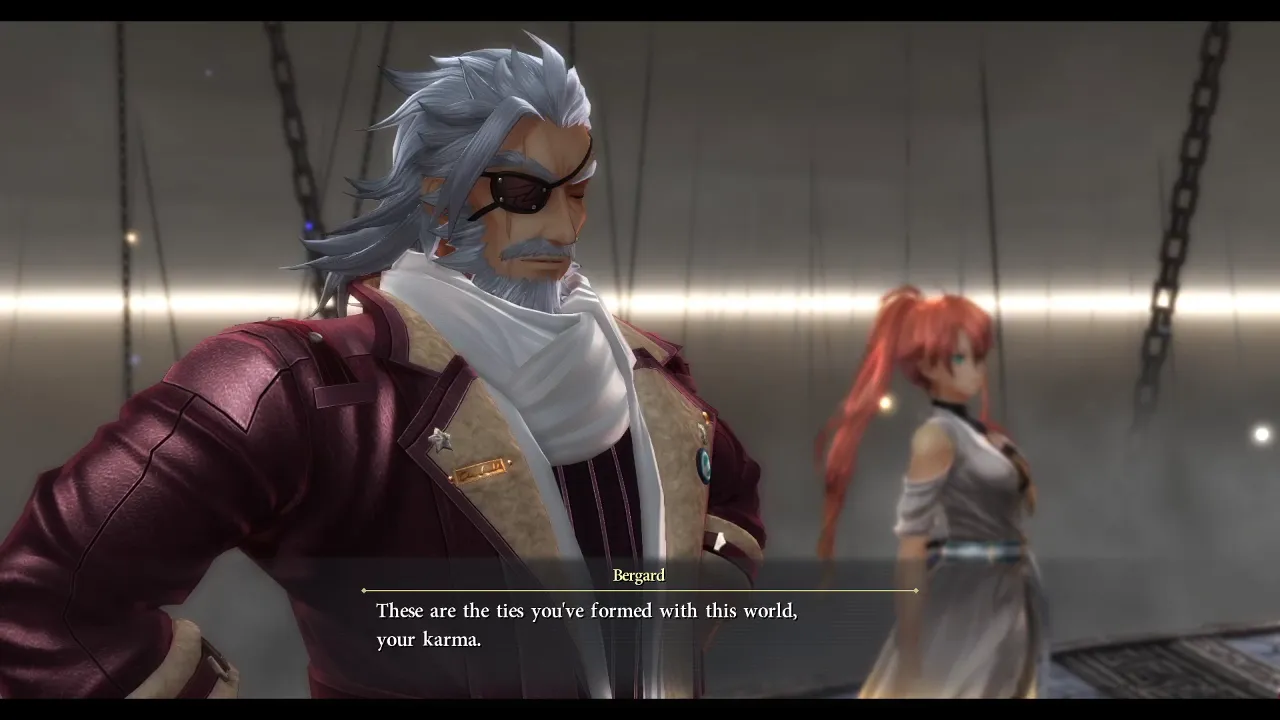
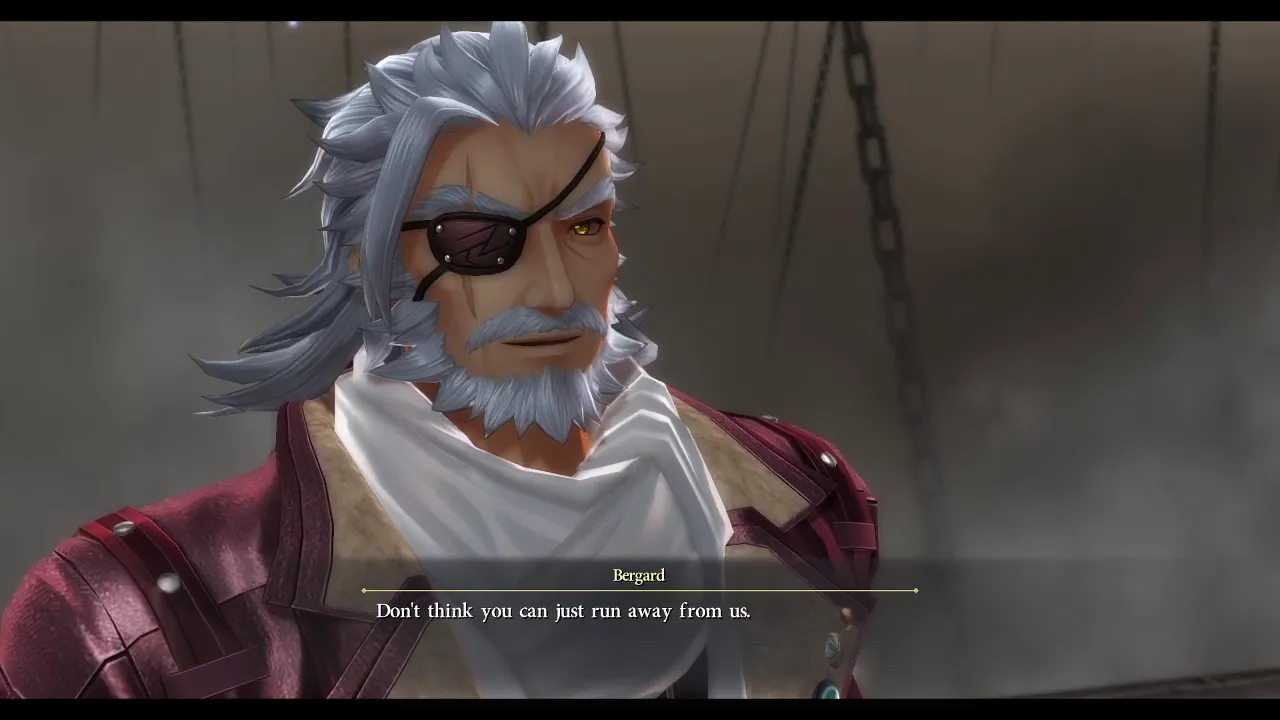
It's a great finale and I was extremely satisfied with how the game ended. I'll be frank that the plot itself was a little bit predictable, but the characters were all fleshed out enough and their stories were deep enough to make it a compelling experience.
Gameplay That Is Fun & Addicting
Usually the Trails series focuses on the story first and the gameplay second. There have been games in the series which I tolerated the gameplay, namely the older games with old-school JRPG mechanics.
However, Trails Before Dawn was the most fun to play out of all 11 games in the series. Since it is the most recent game, it has modern gameplay mechanics and features that make it easy to enjoy.
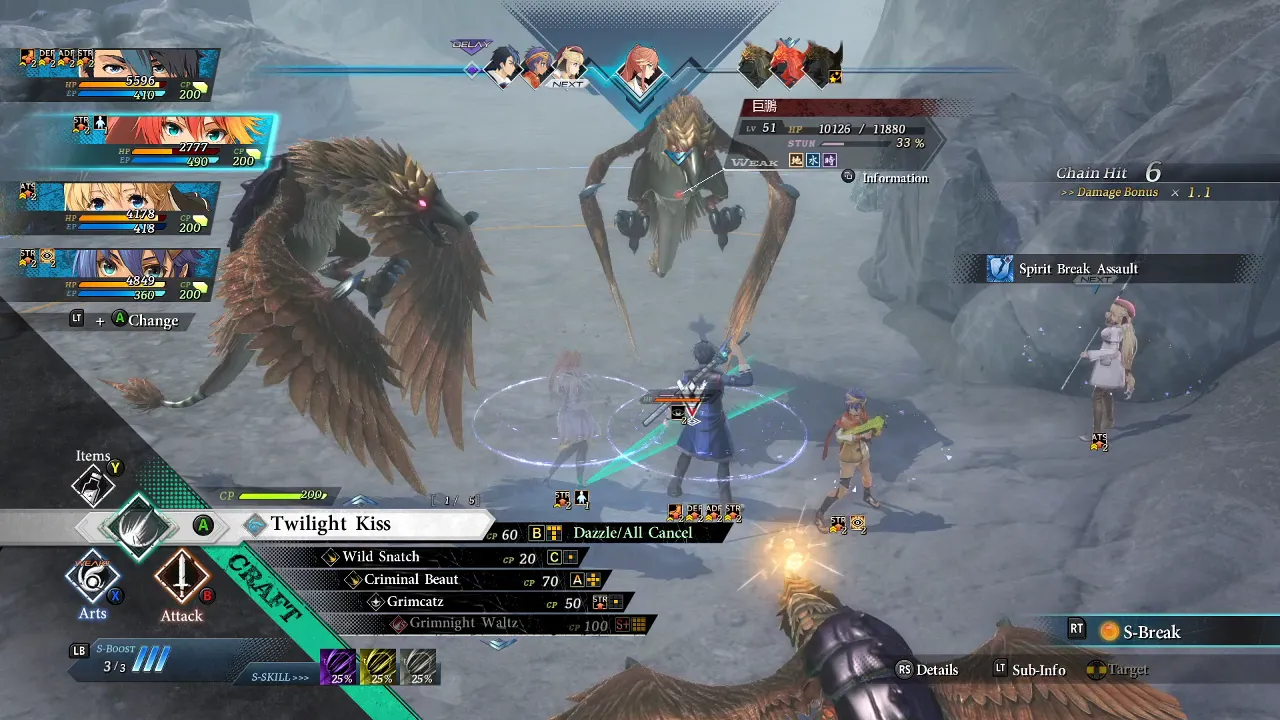
The battle system is similar to the one used in the previous games, but it has been improved. You have more control over your character and can freely move around during battles. The turn-based segments are still present, but you can now move around during turns.
One feature that stood out was the ability to switch between real-time and turn-based combat. The focus is still turn-based, but real-time allows you to obtain an advantage when switching to turn-based in order to get party buffs and enemy debuffs. This makes battles easier and faster while also making it more engaging.
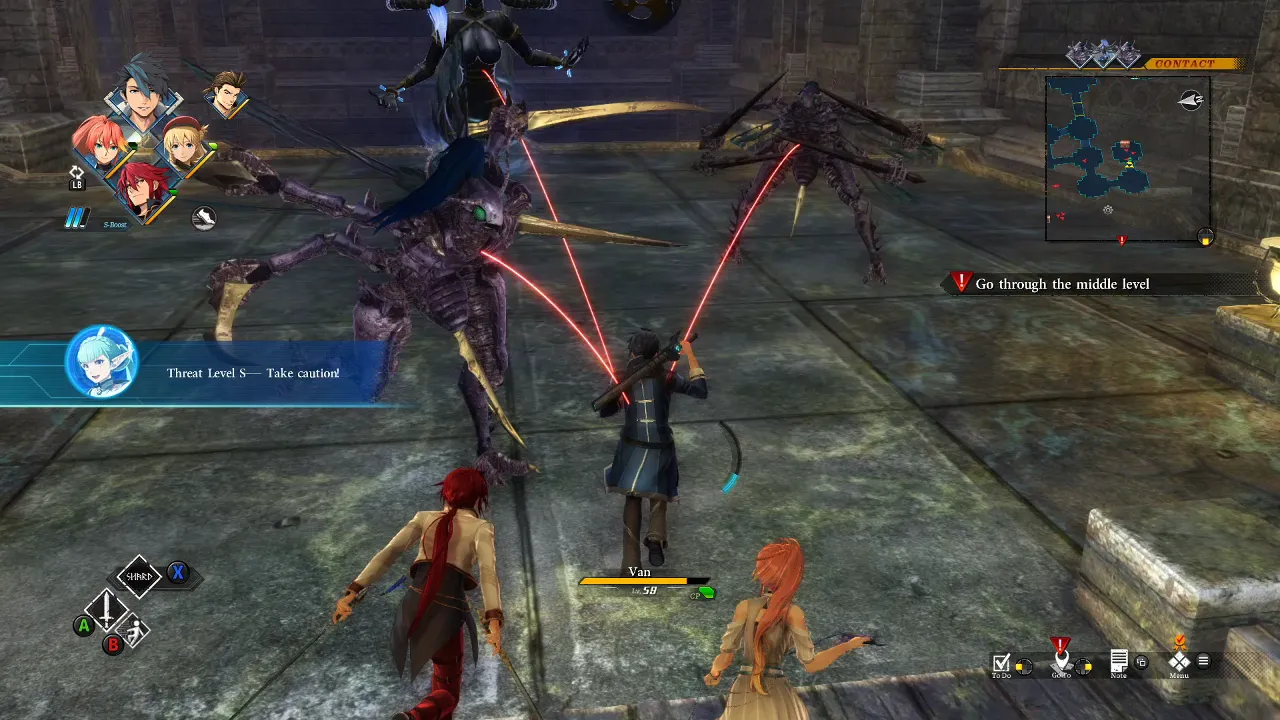
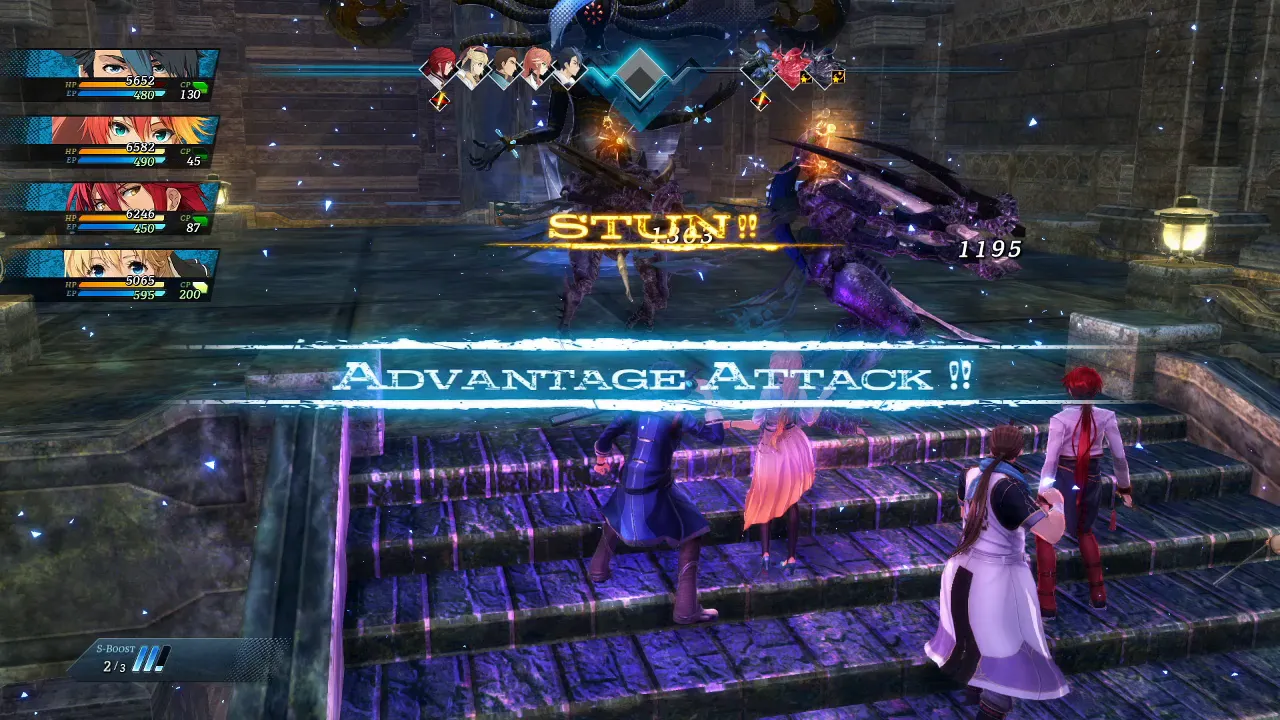
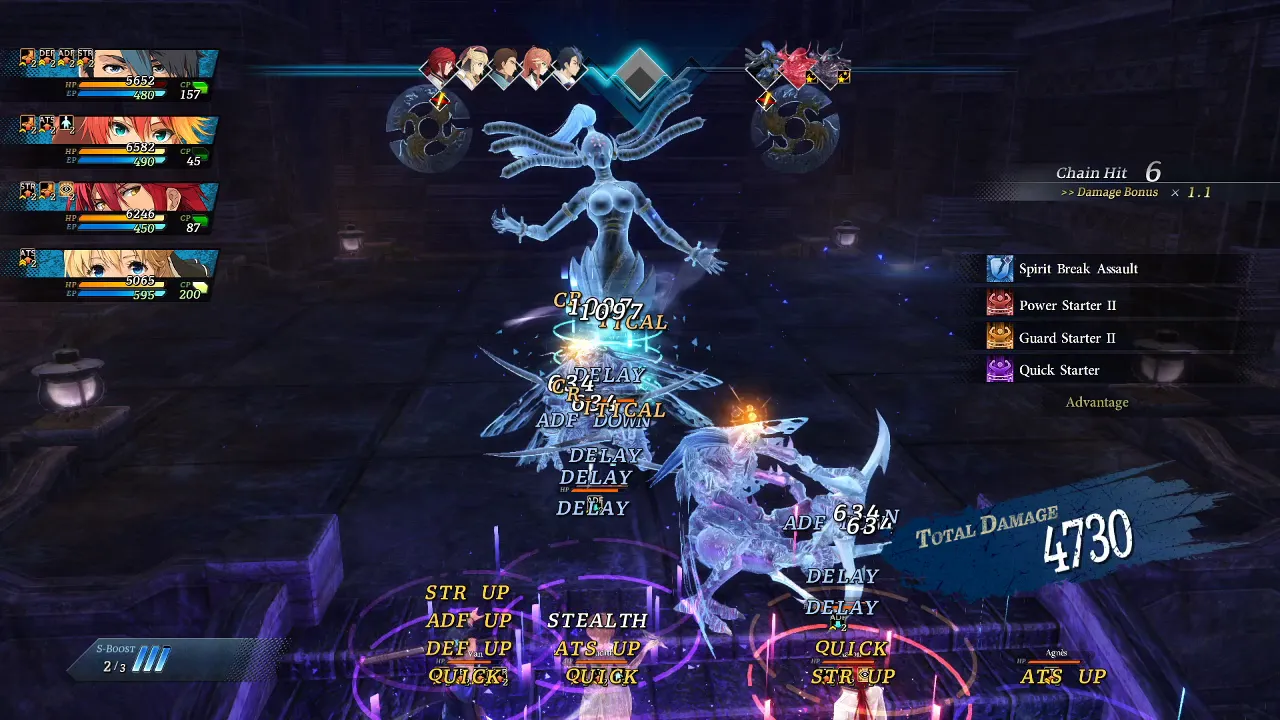
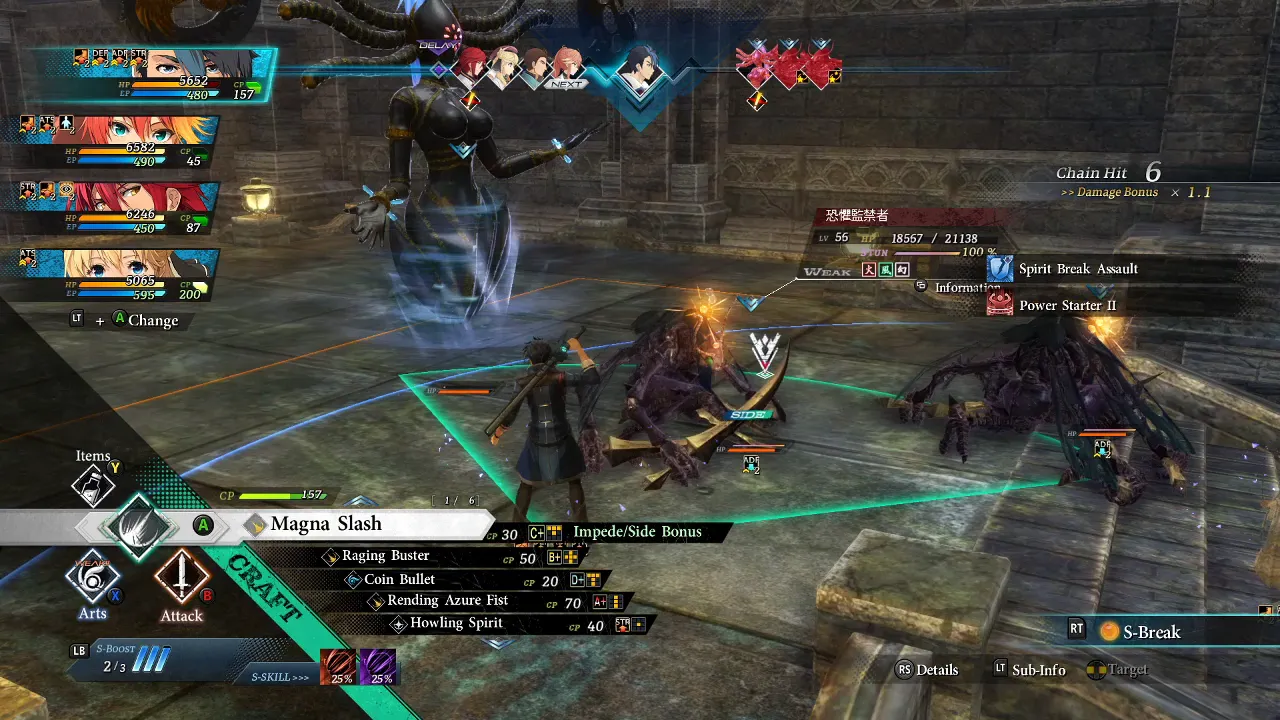
As with other JRPGs, you can build characters to specialize in certain roles within the party. For example, I specialized Van in delaying enemy turns through high physical AOE damage. Other characters fulfilled caster roles with one or two elements to cover any enemy weaknesses that I could exploit.

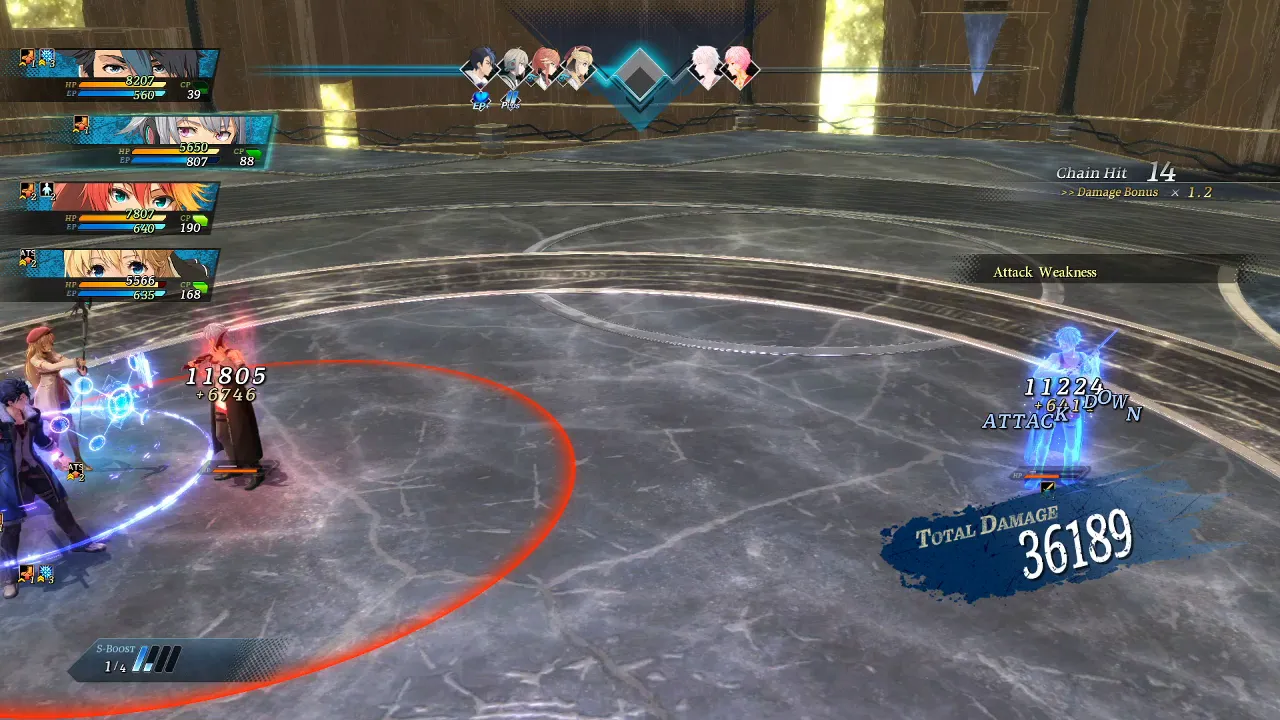
In almost every RPG I play, I rely on a guide or walkthrough to build characters in the most optimal fashion. However, I believe my past experience in the series allowed me to create characters in a similar manner without relying on guides. This felt liberating and refreshing after playing other RPGs that I had to constantly refer back to a guide for builds.

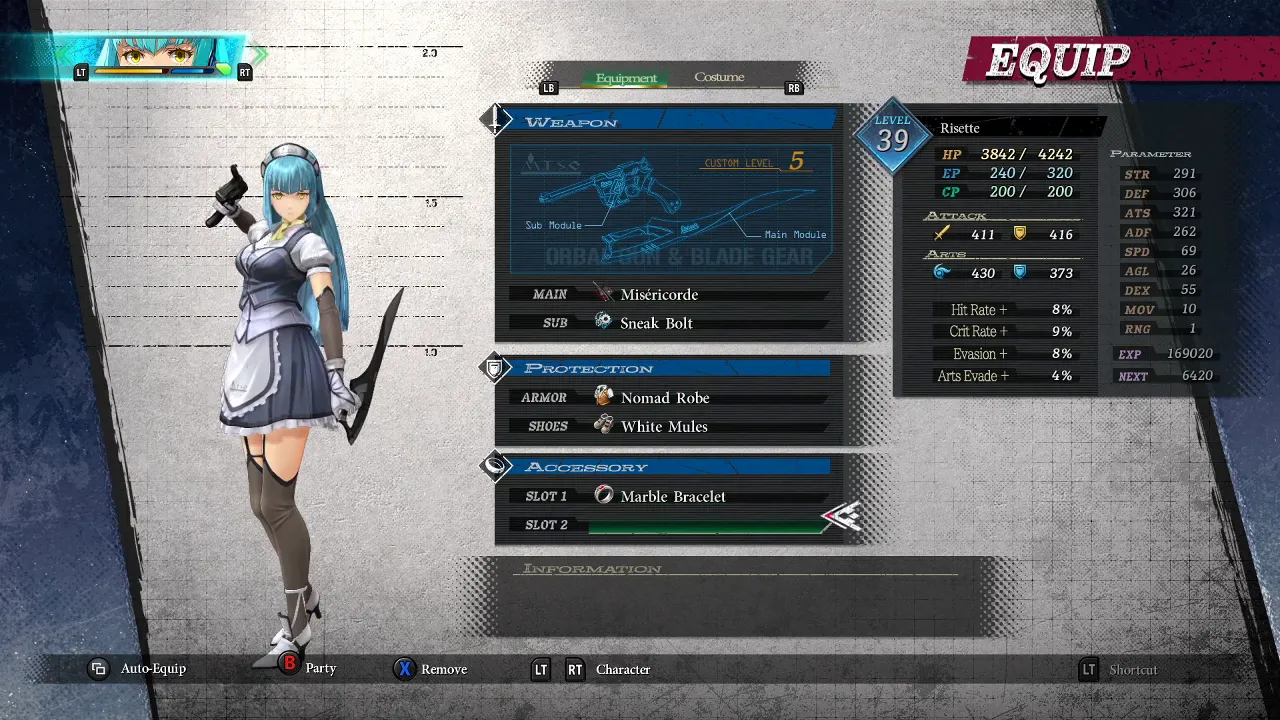
By the middle of the game, I understood how to properly use and build party members to complement each other and how to strategically fight enemies based on their strengths and weaknesses. This allowed me to easily defeat mobs and bosses. Unlocking higher level attacks and spells was rewarding due to their increased power and stunning animations.

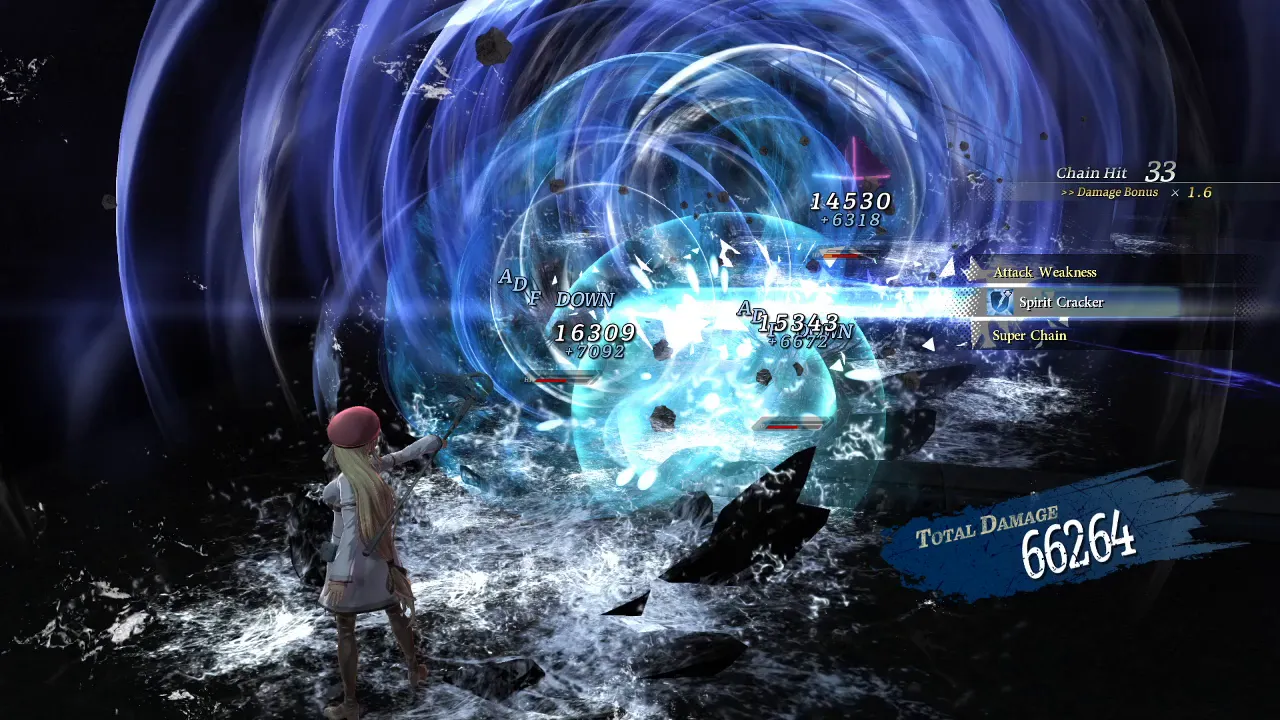
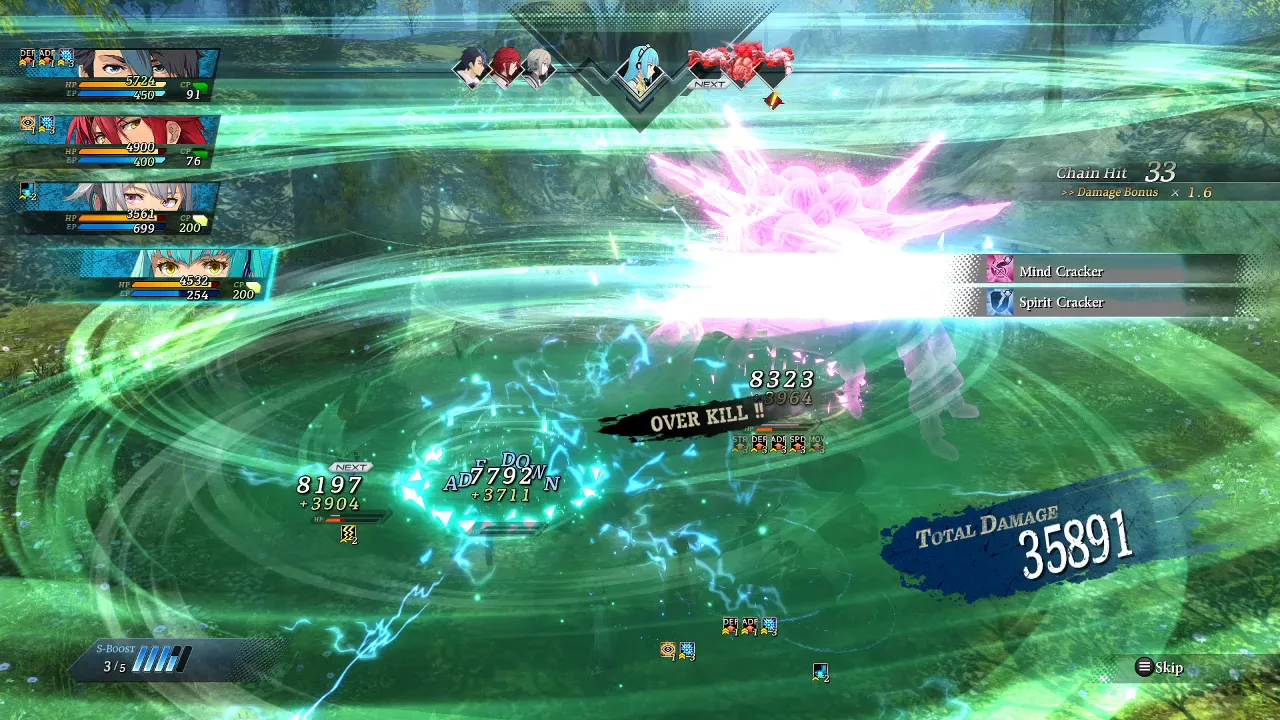
I enjoyed the combat in this game very much. When a segment of the story was running long, I was eager to hop into the gameplay. It was so fun that I couldn't wait to get back to it. I'd always find myself thinking about how to make my characters more overpowered to slaughter the next mob or boss.
A Must-Play for Trails Fans
The Trails series has been one of the best JRPGs I've played. They have an excellent story, memorable characters, and fun gameplay. This newest entry in the series, Trails Before Dawn, is a must-play.

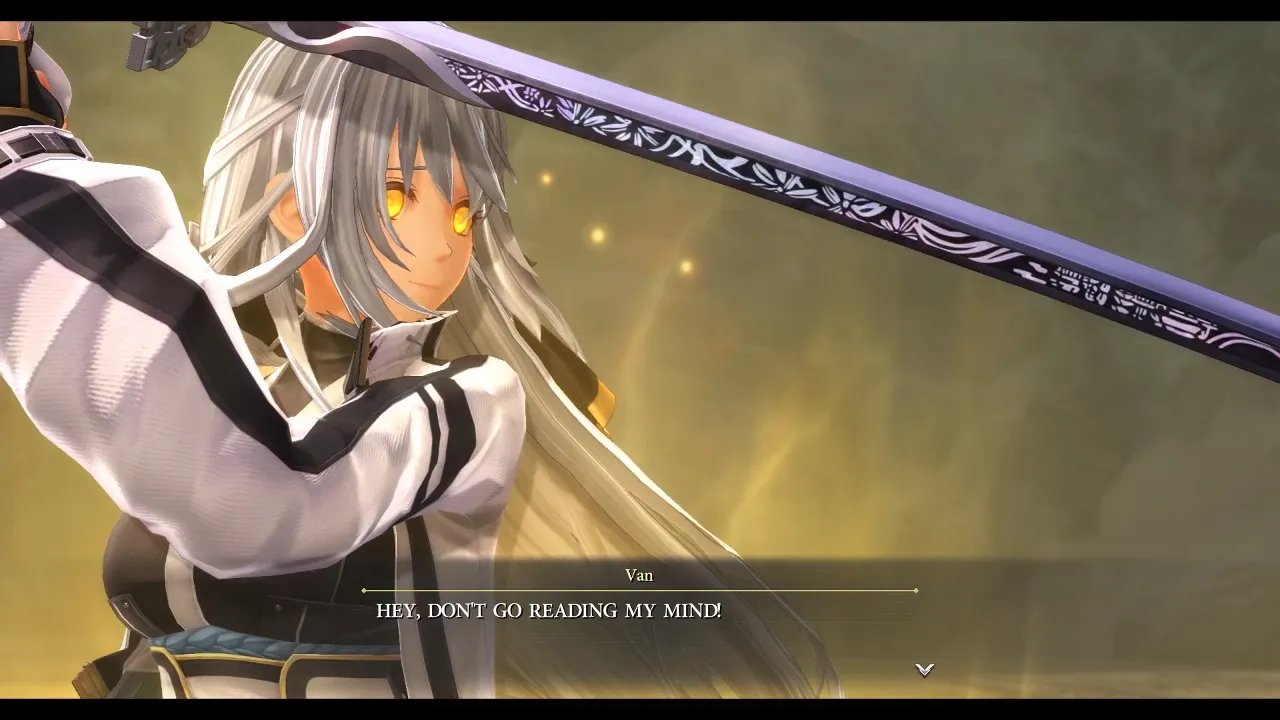
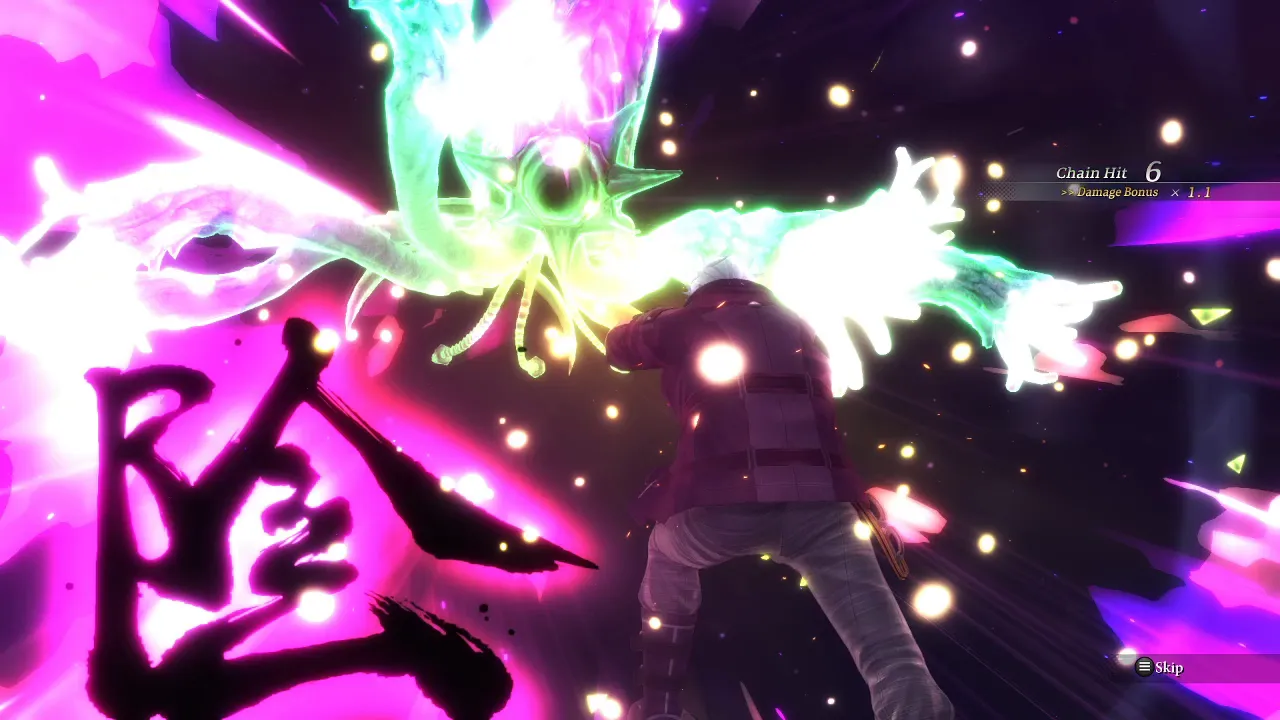
It's a wonderful game that will keep you entertained for hours. It's filled with new and exciting characters and has a fantastic story that will leave you wanting more. It's a great addition to the series and will appeal to fans of all JRPGs.
Images with no source label are taken by me in-game.
